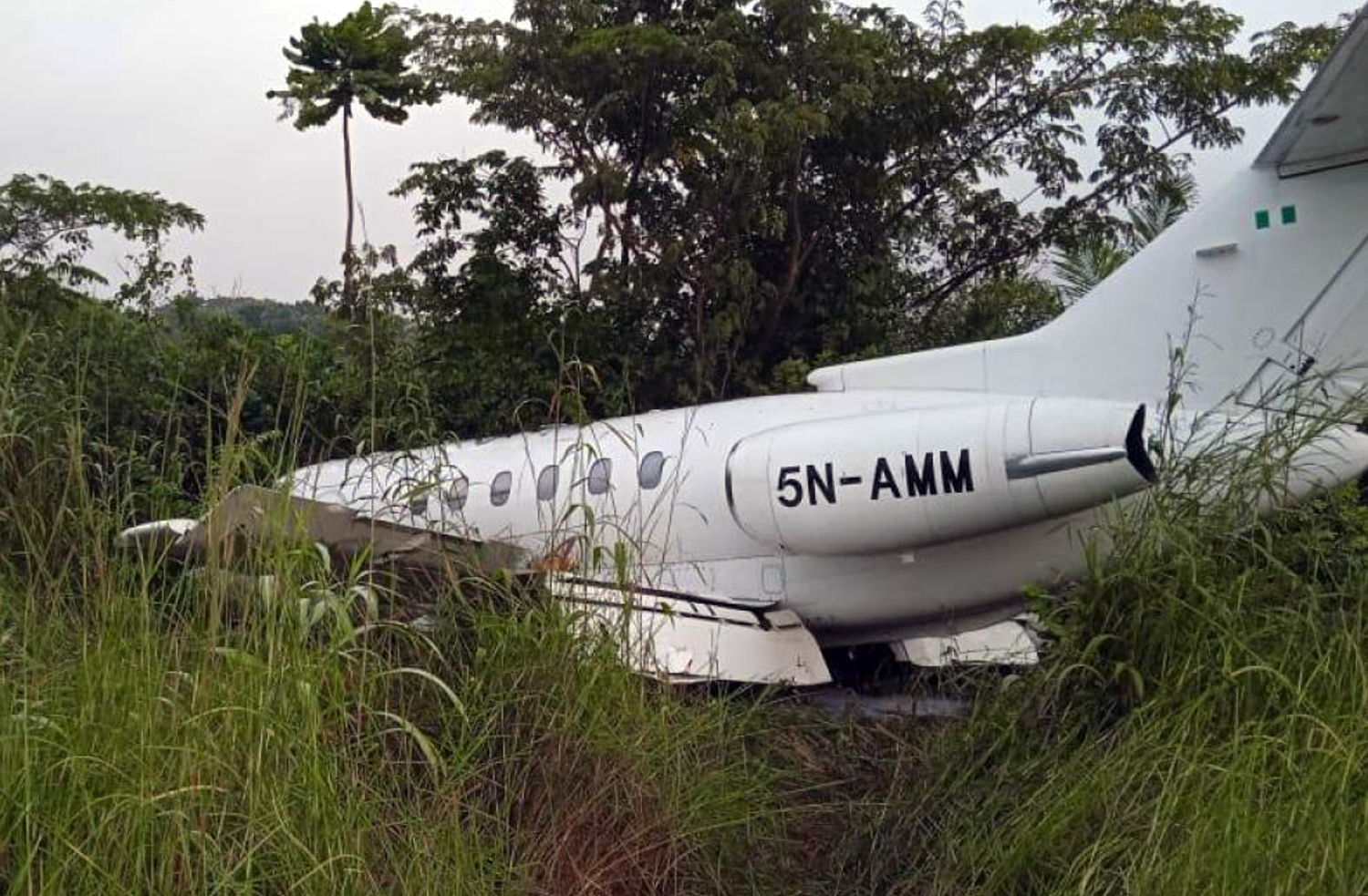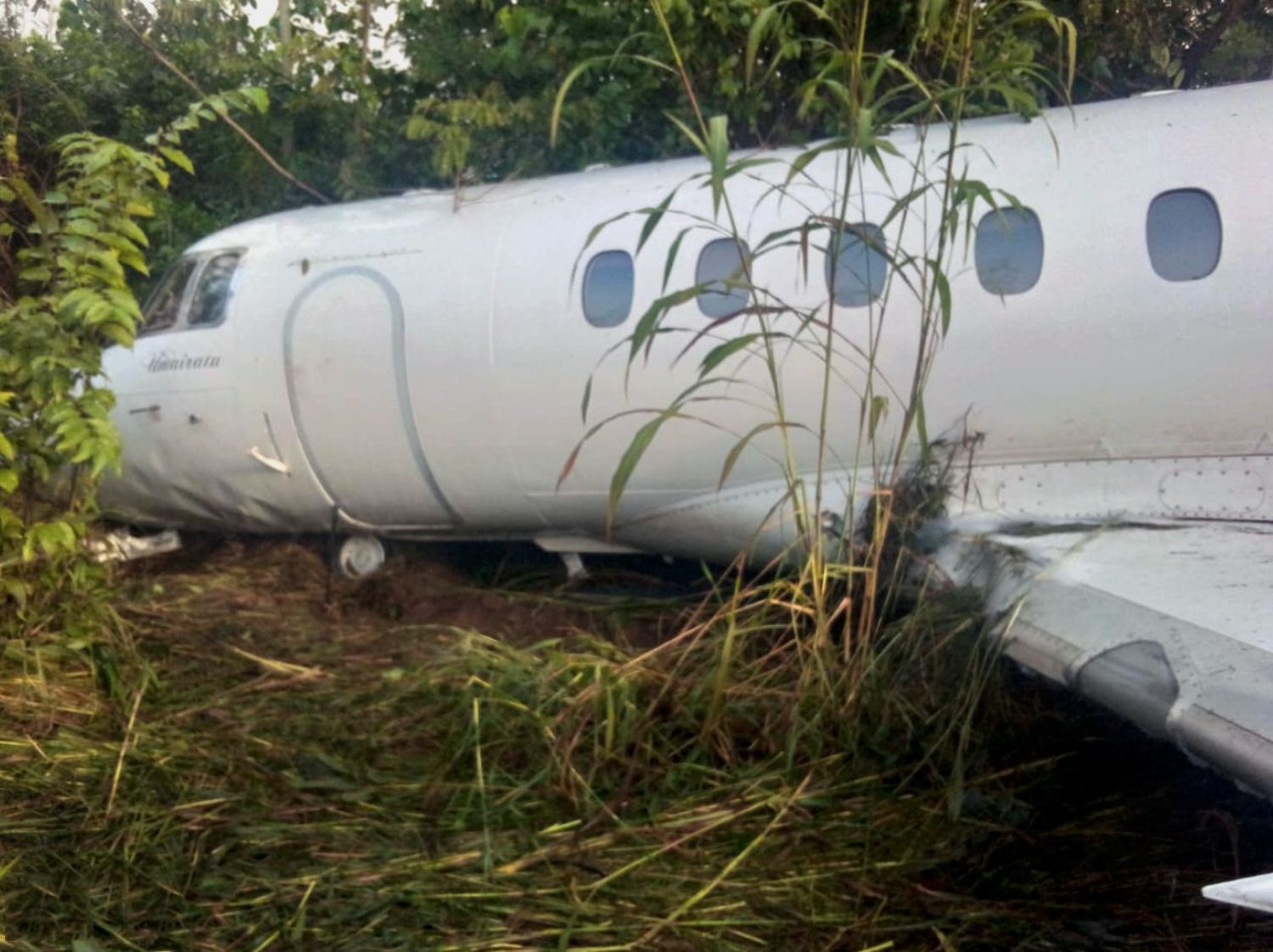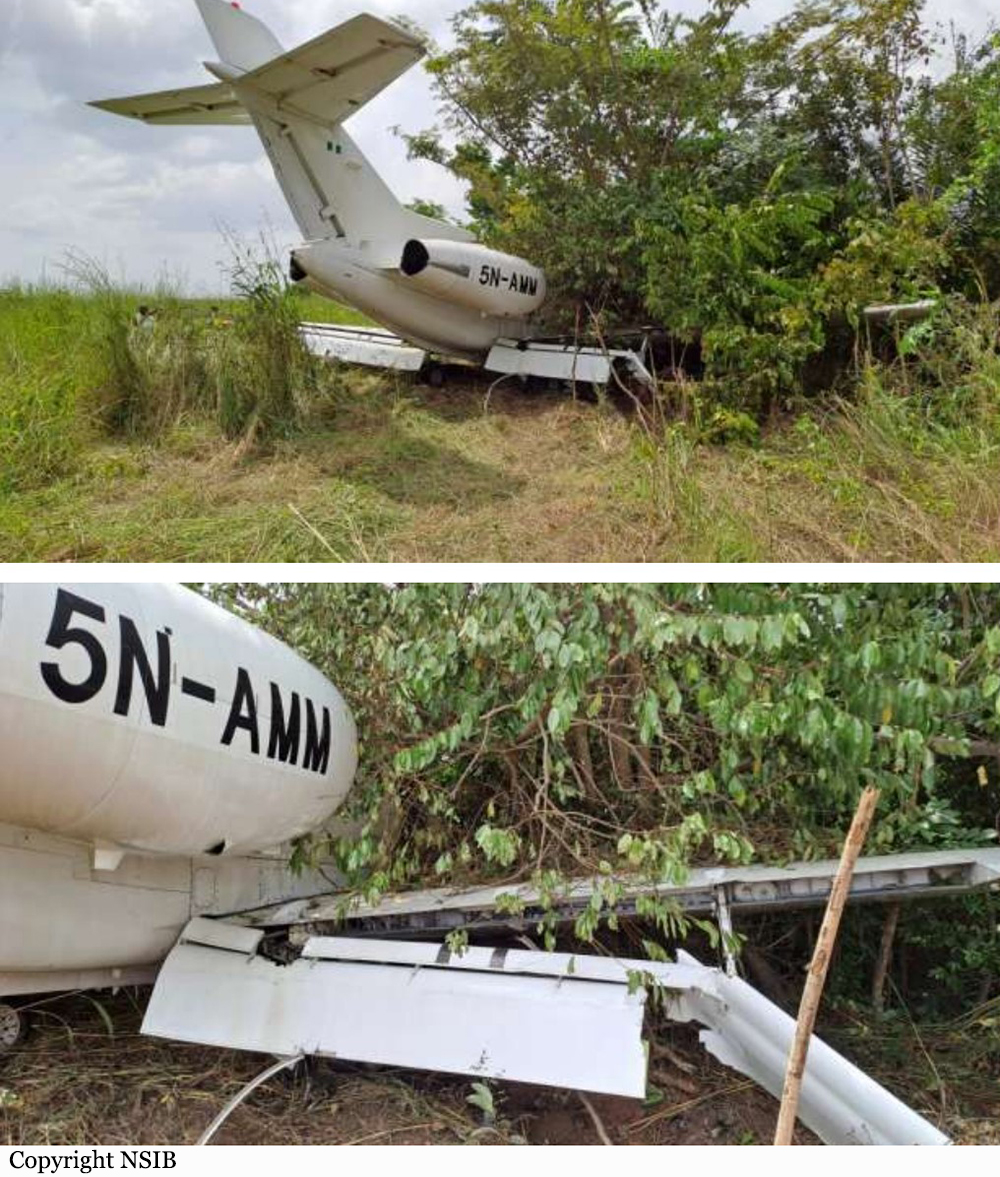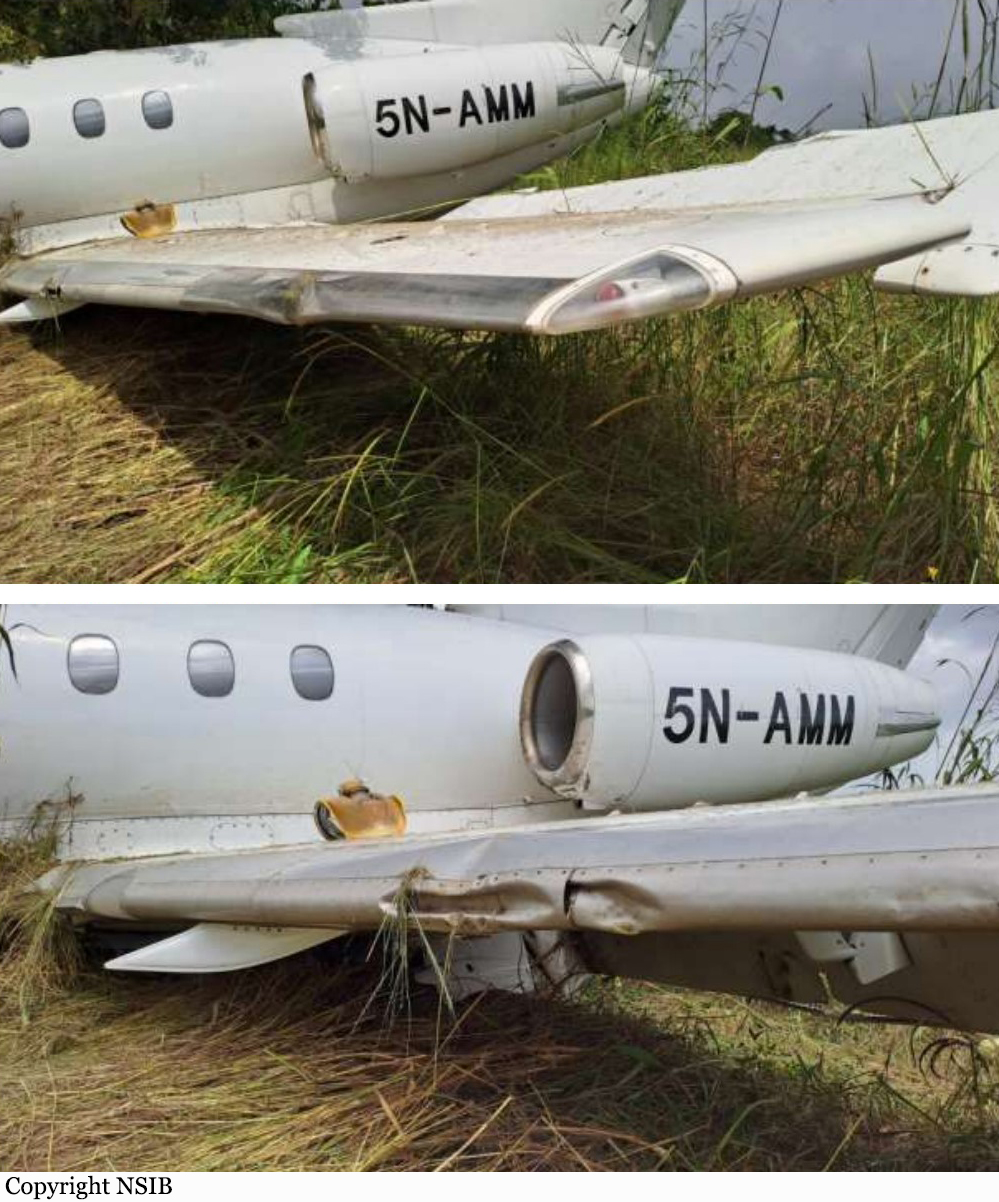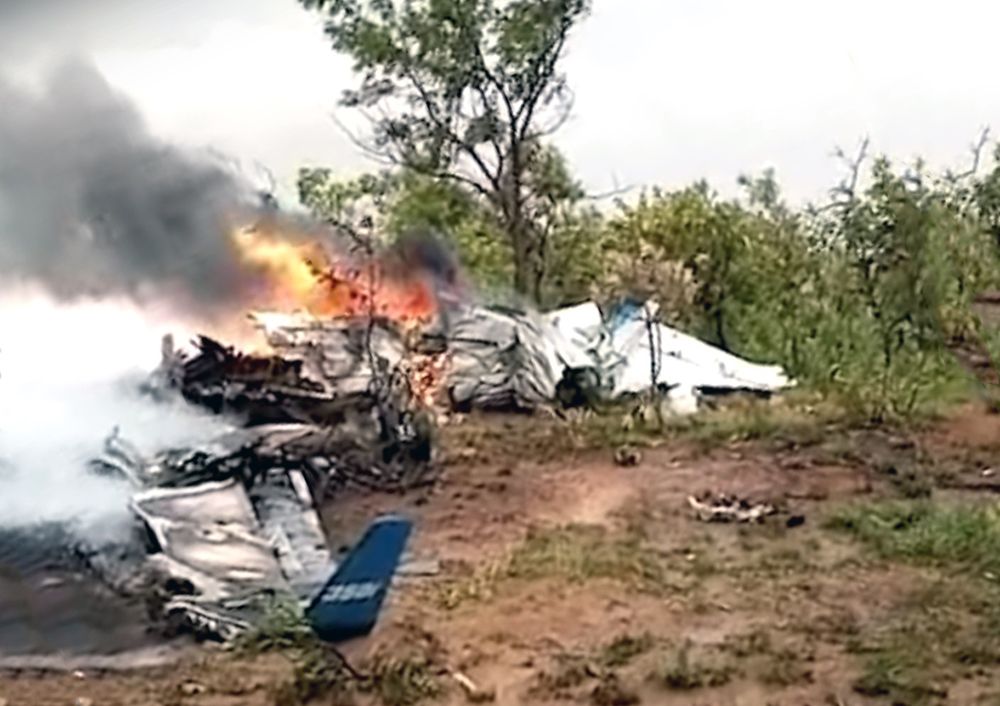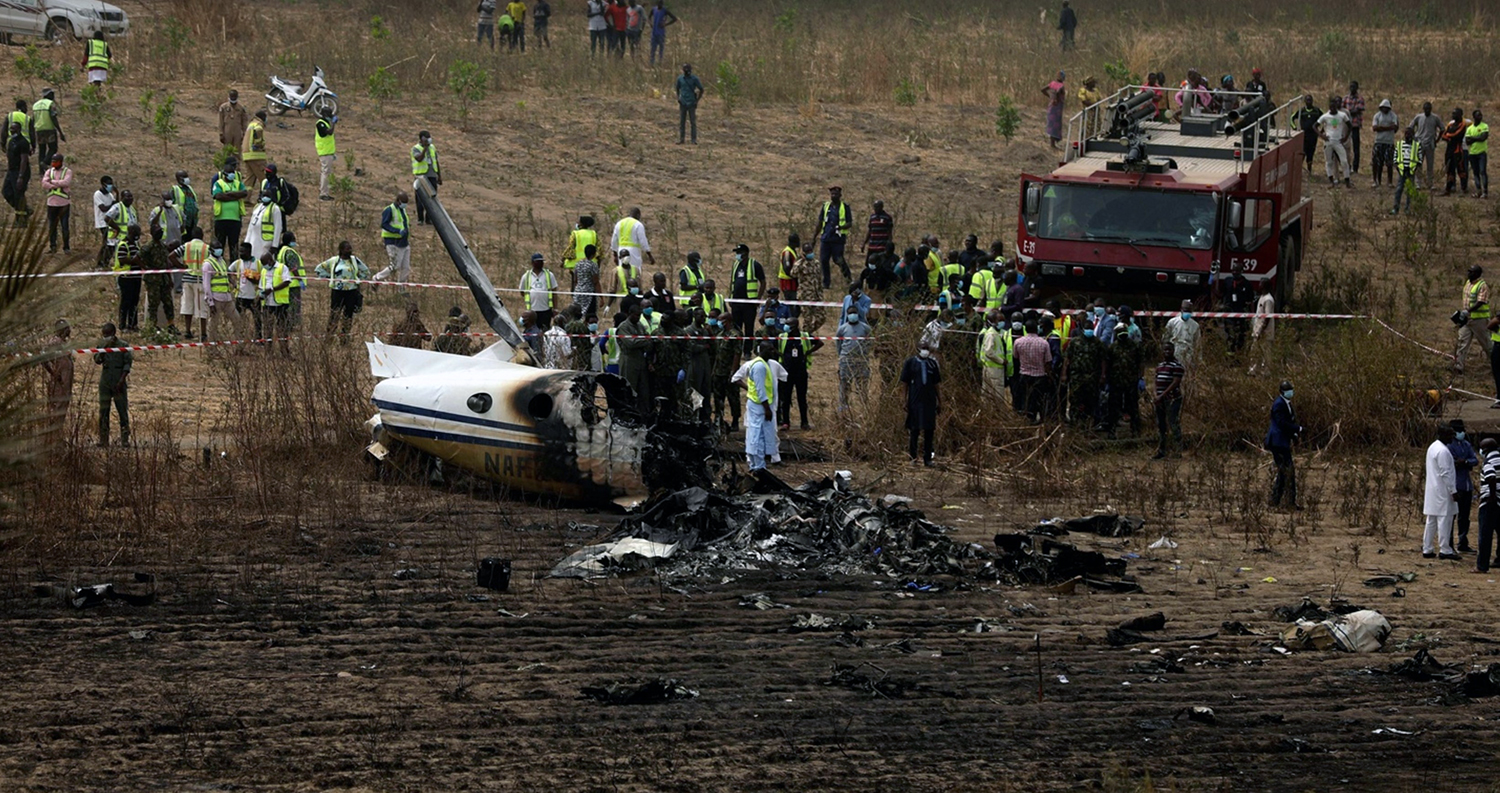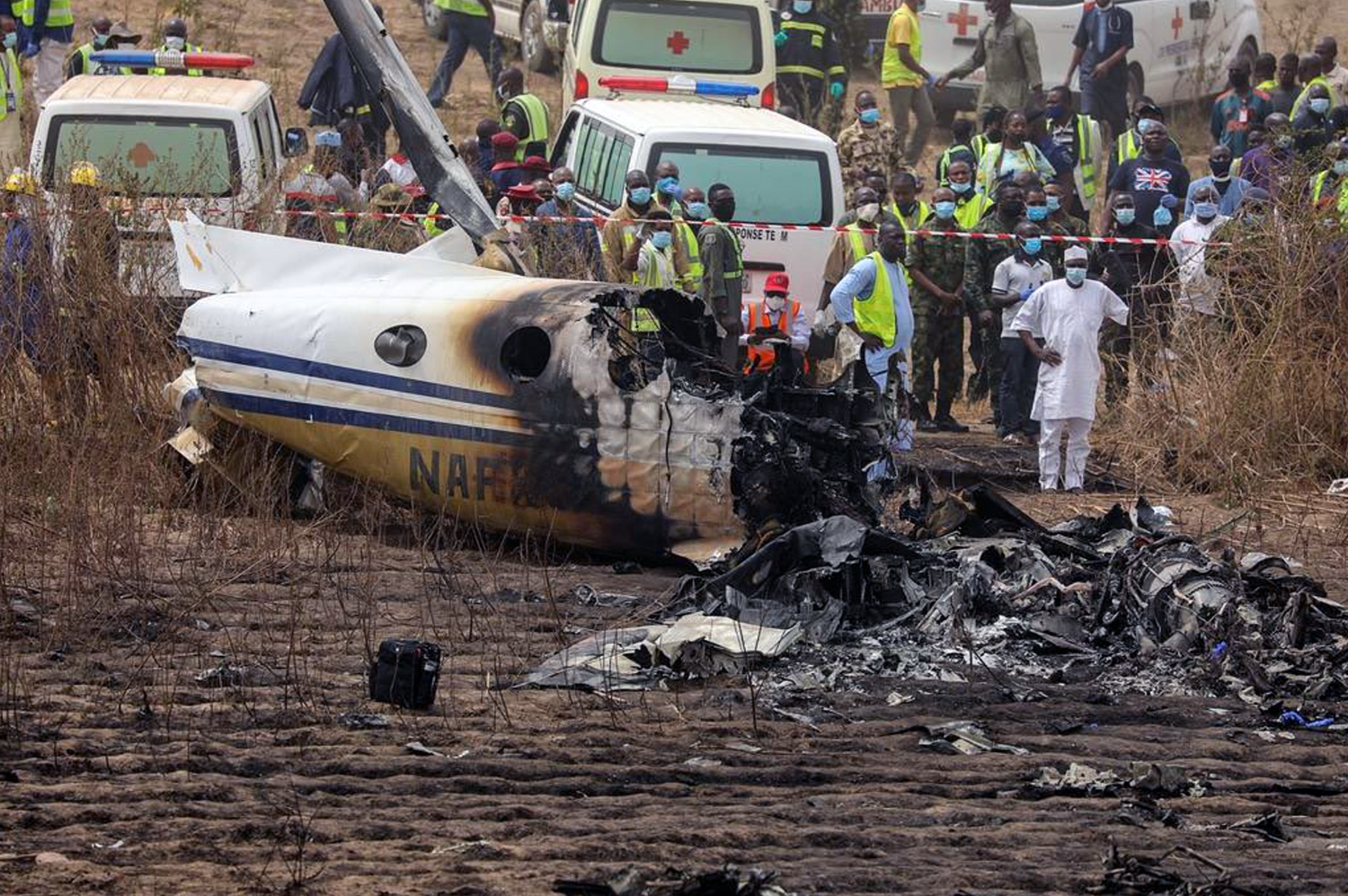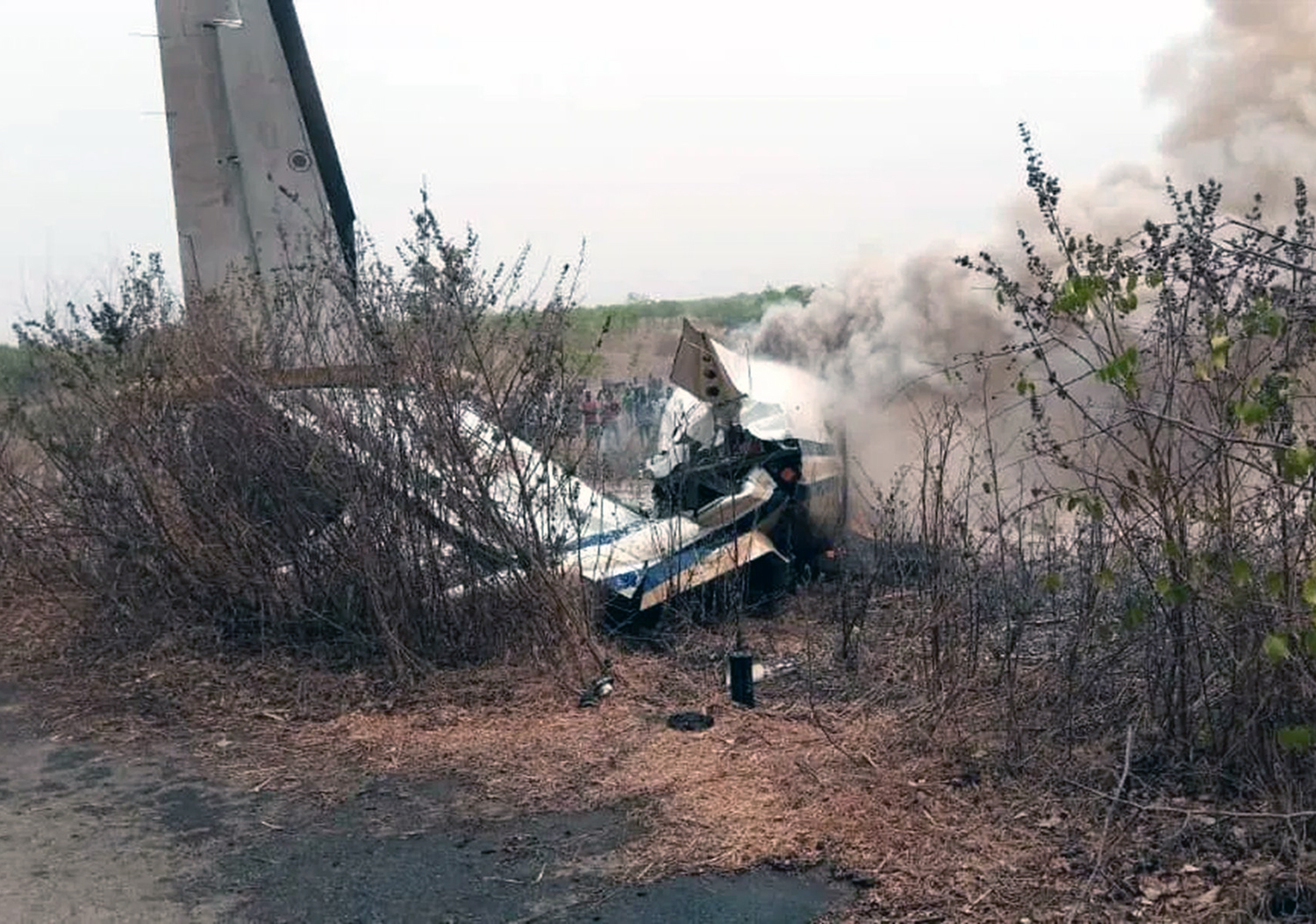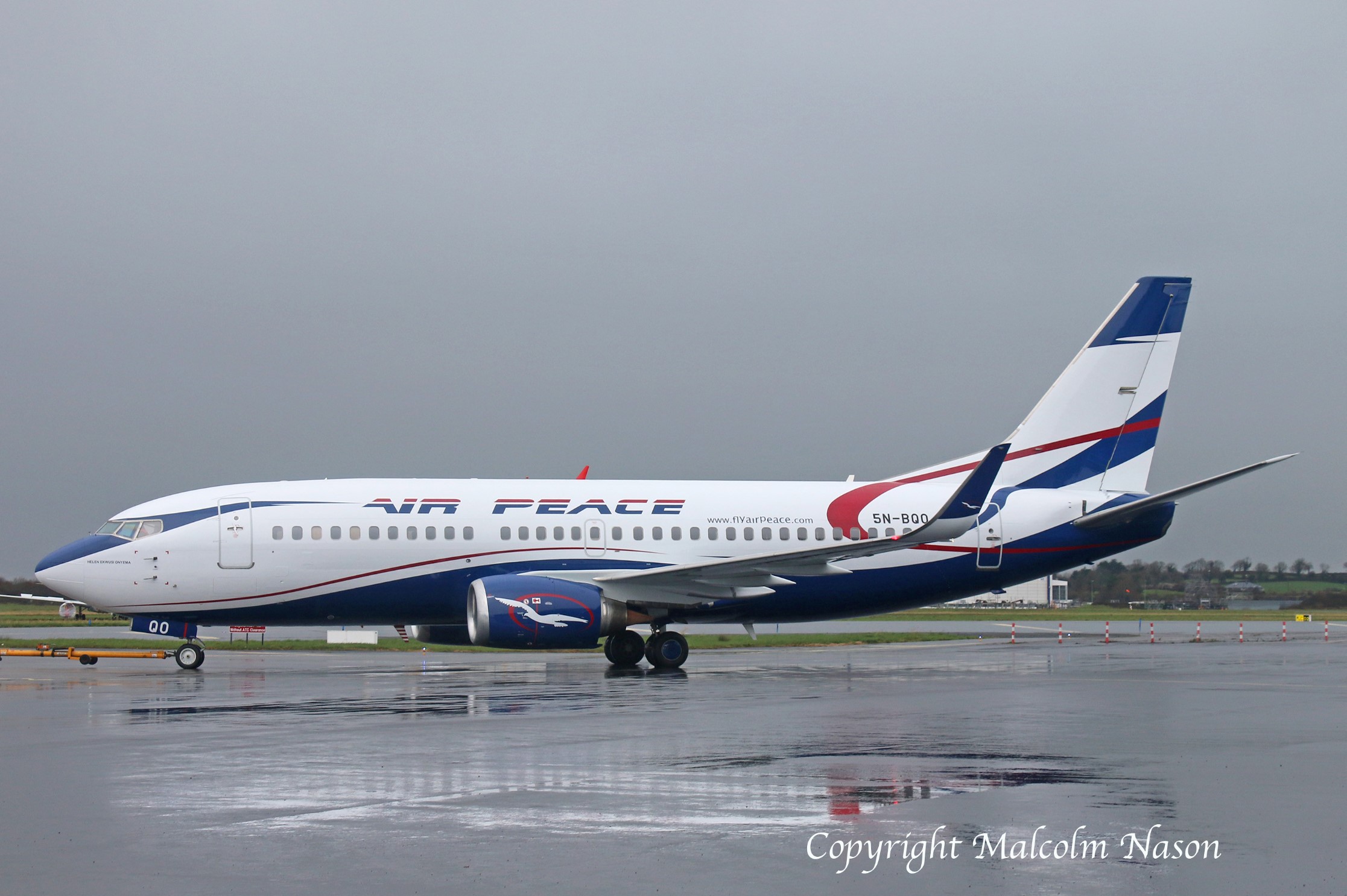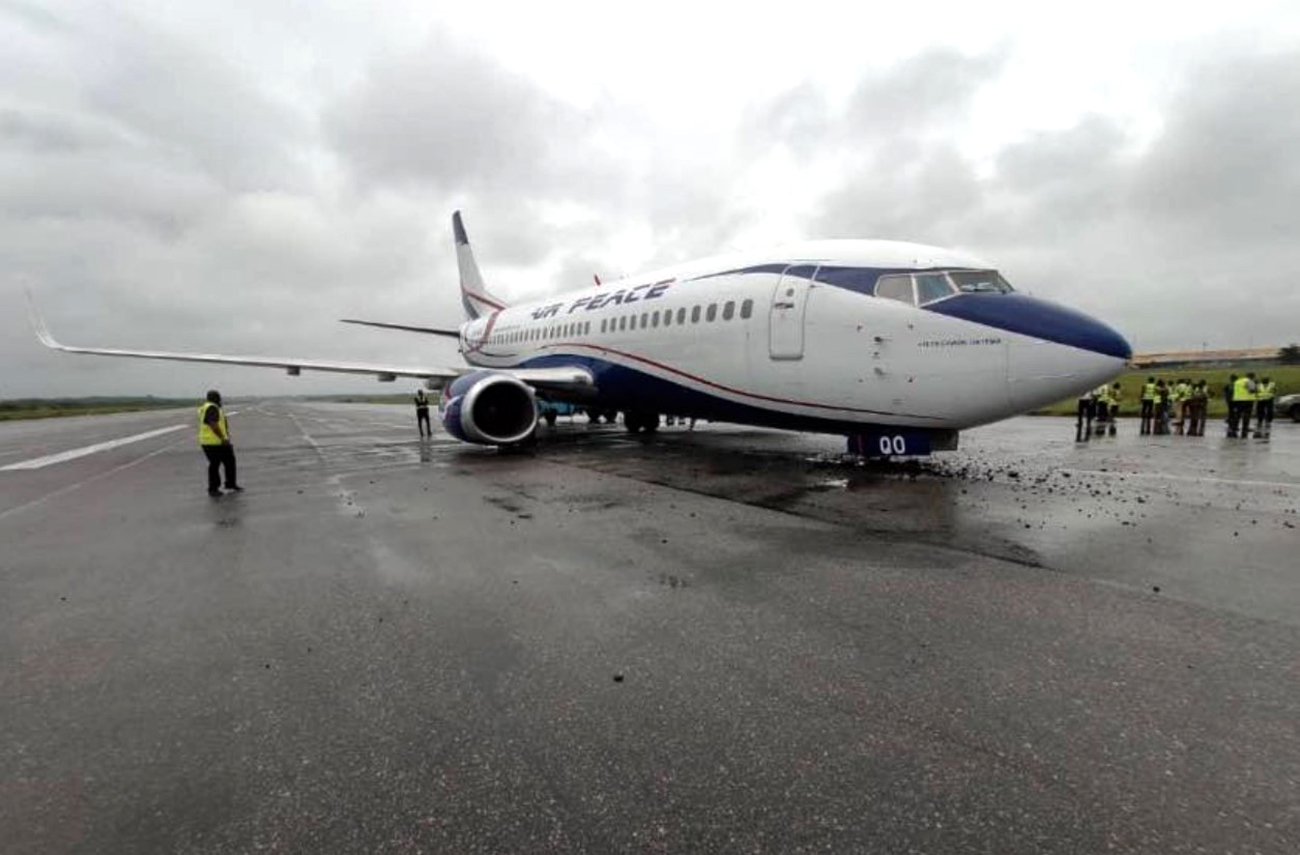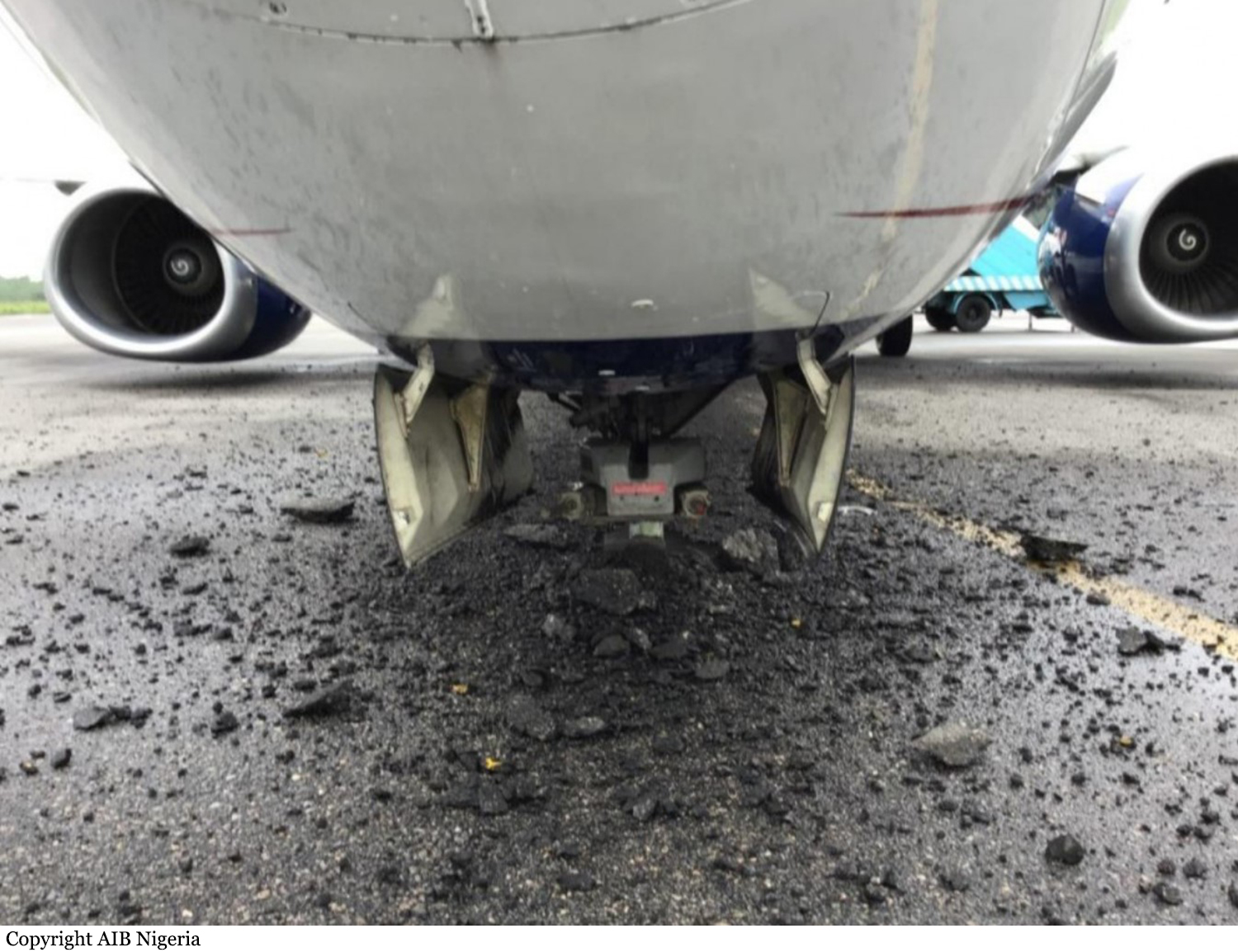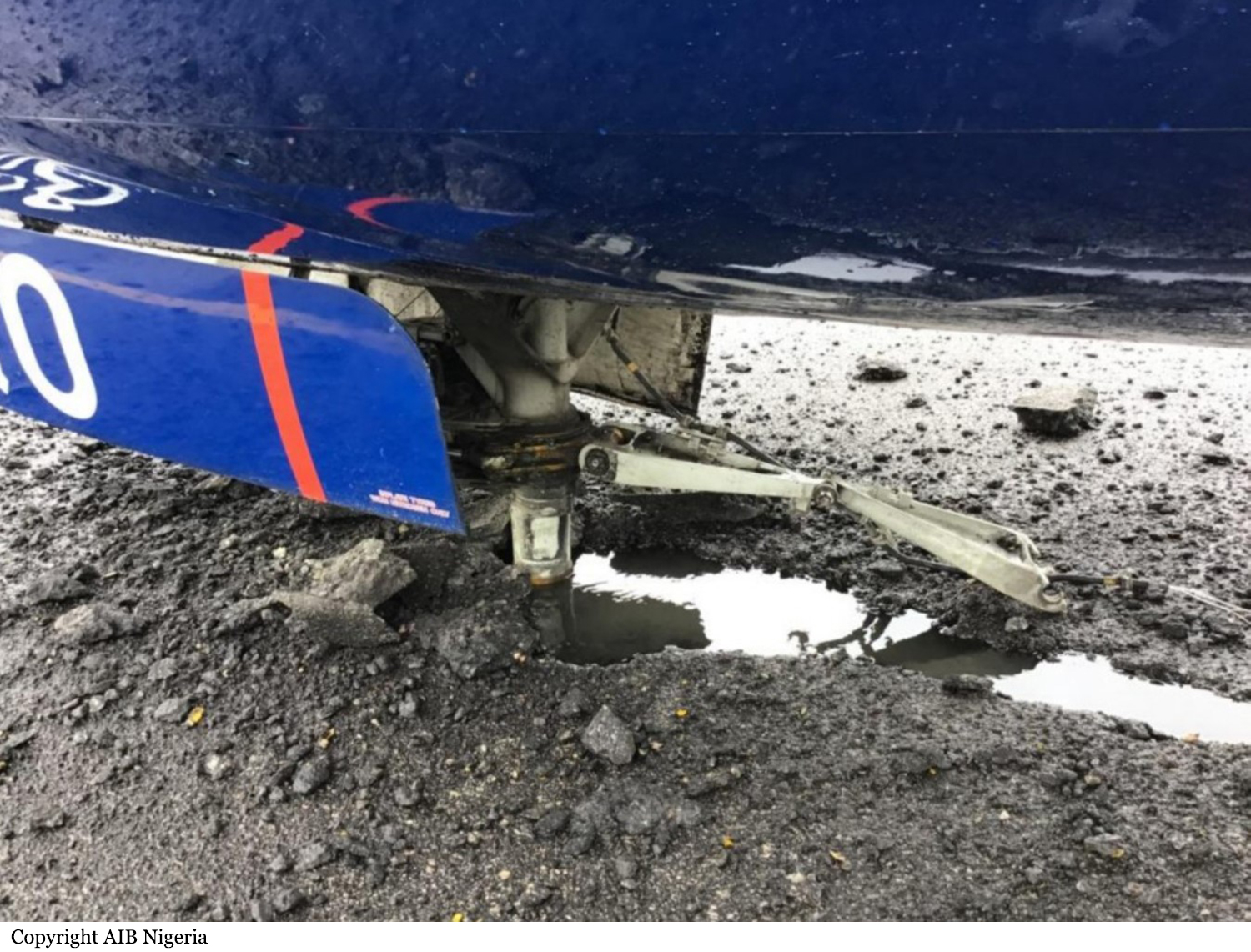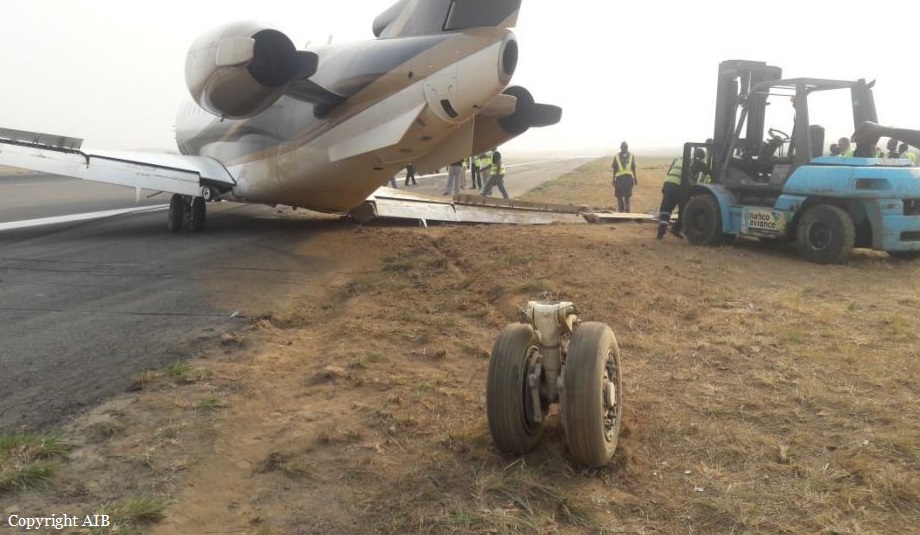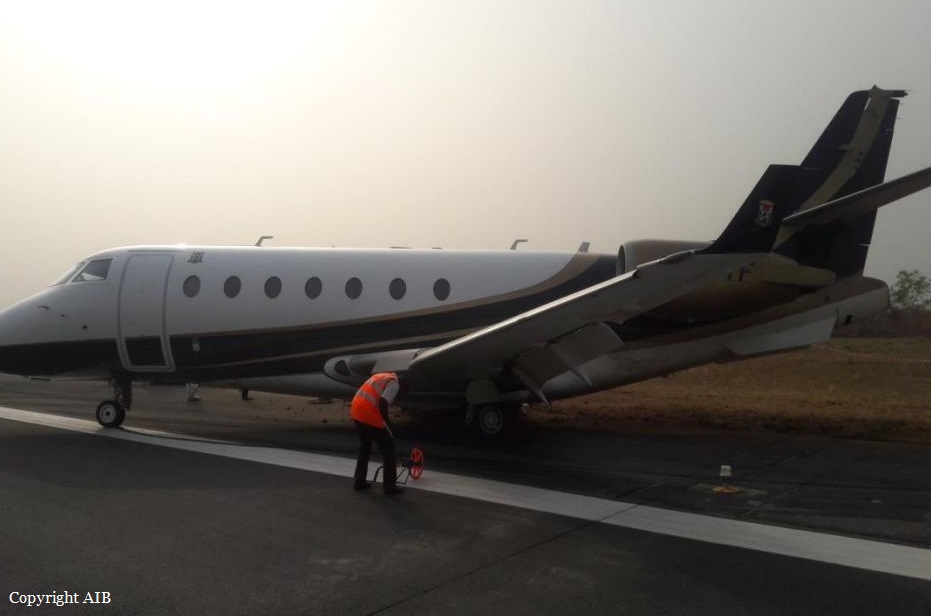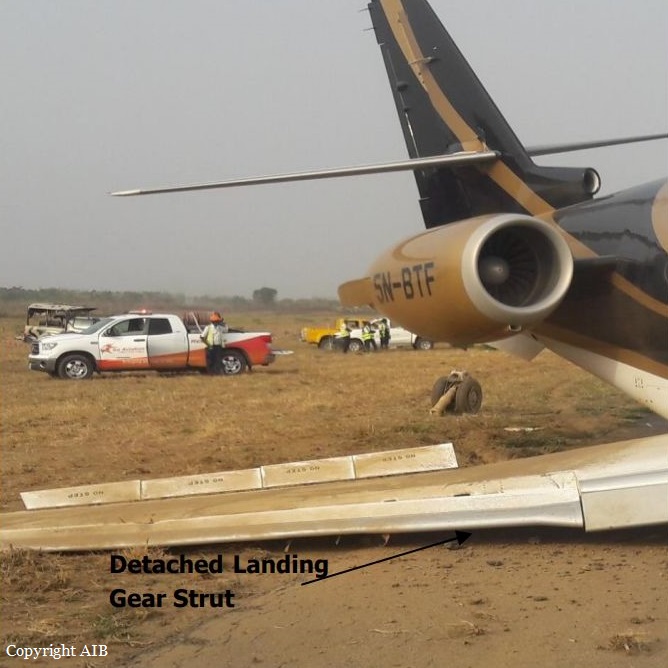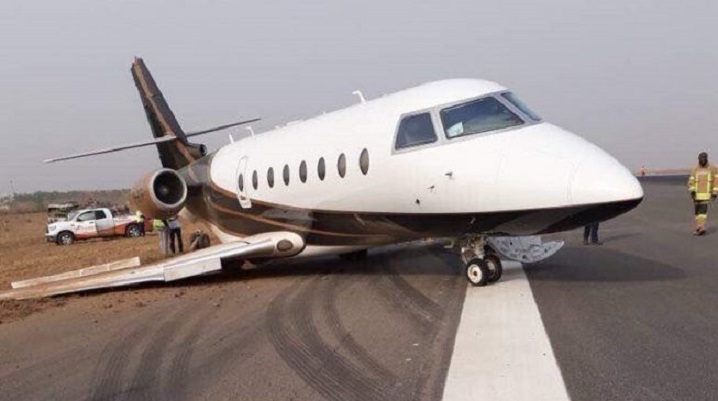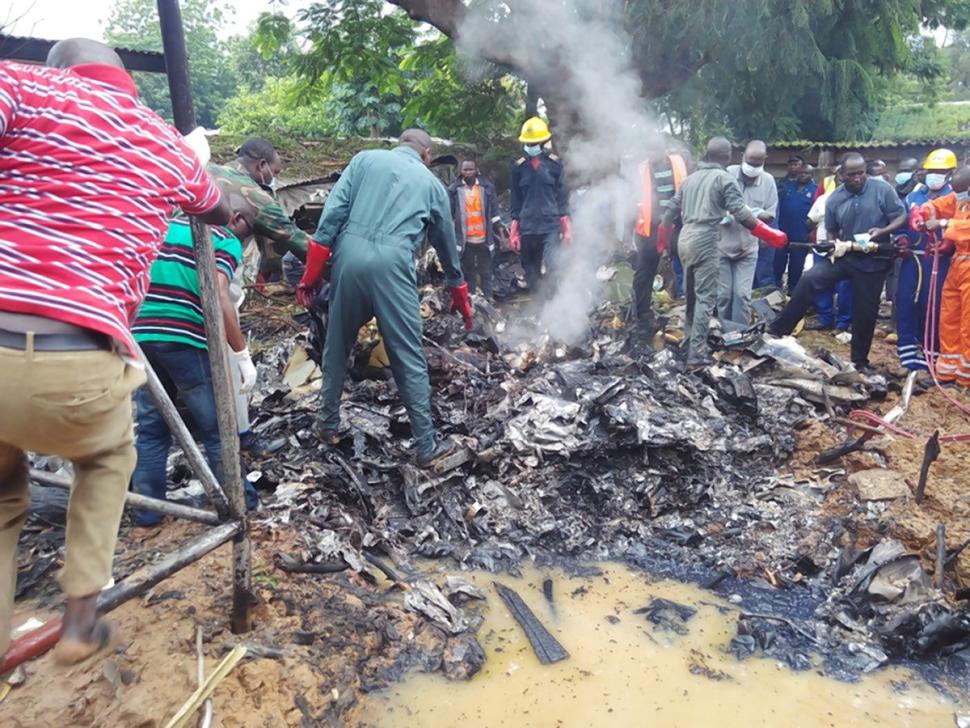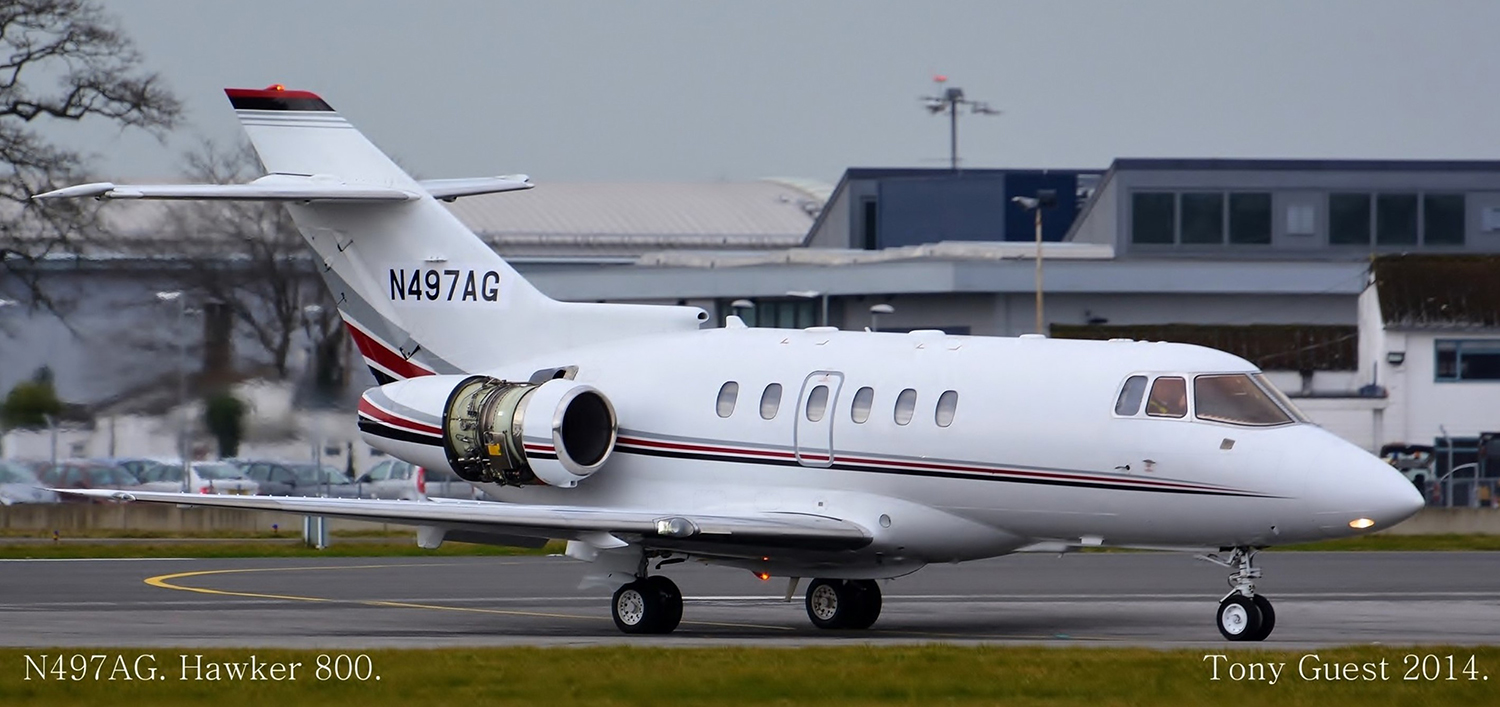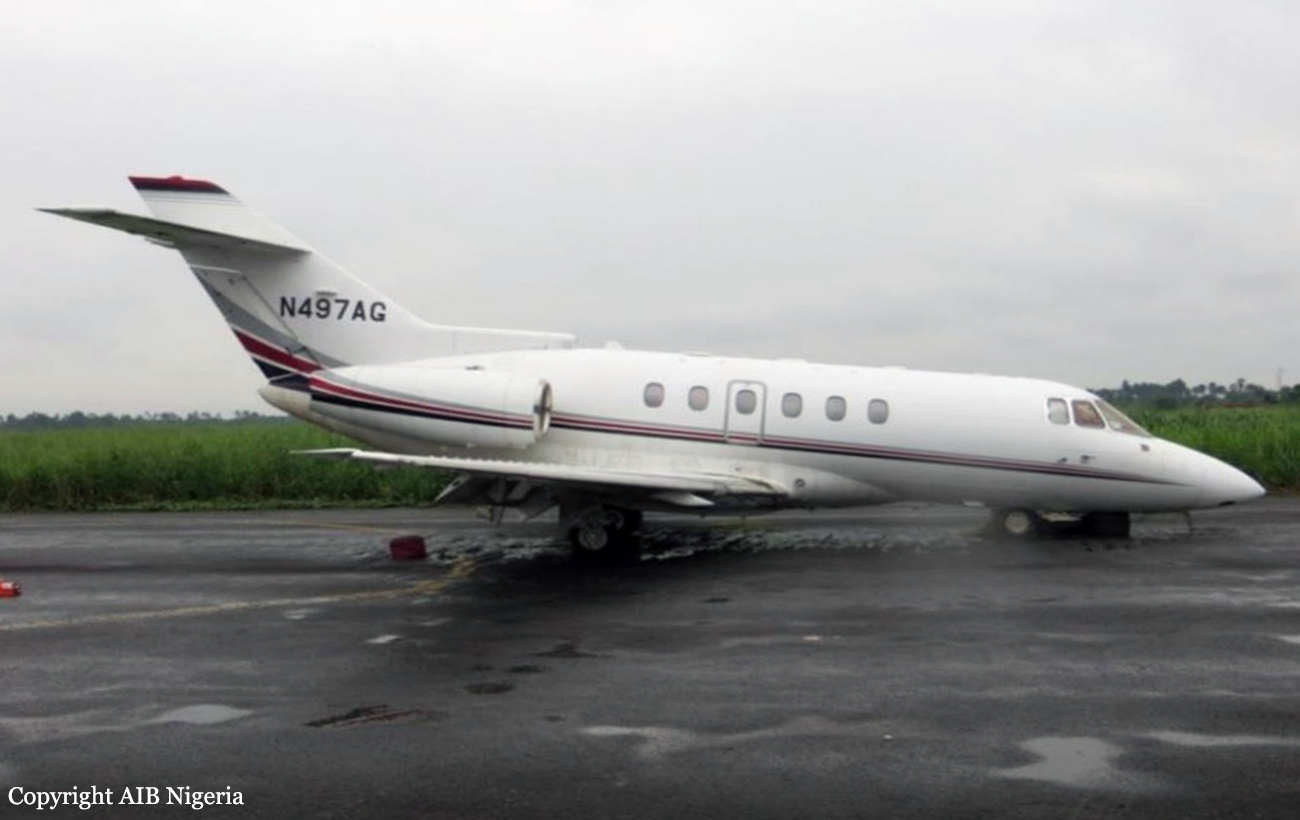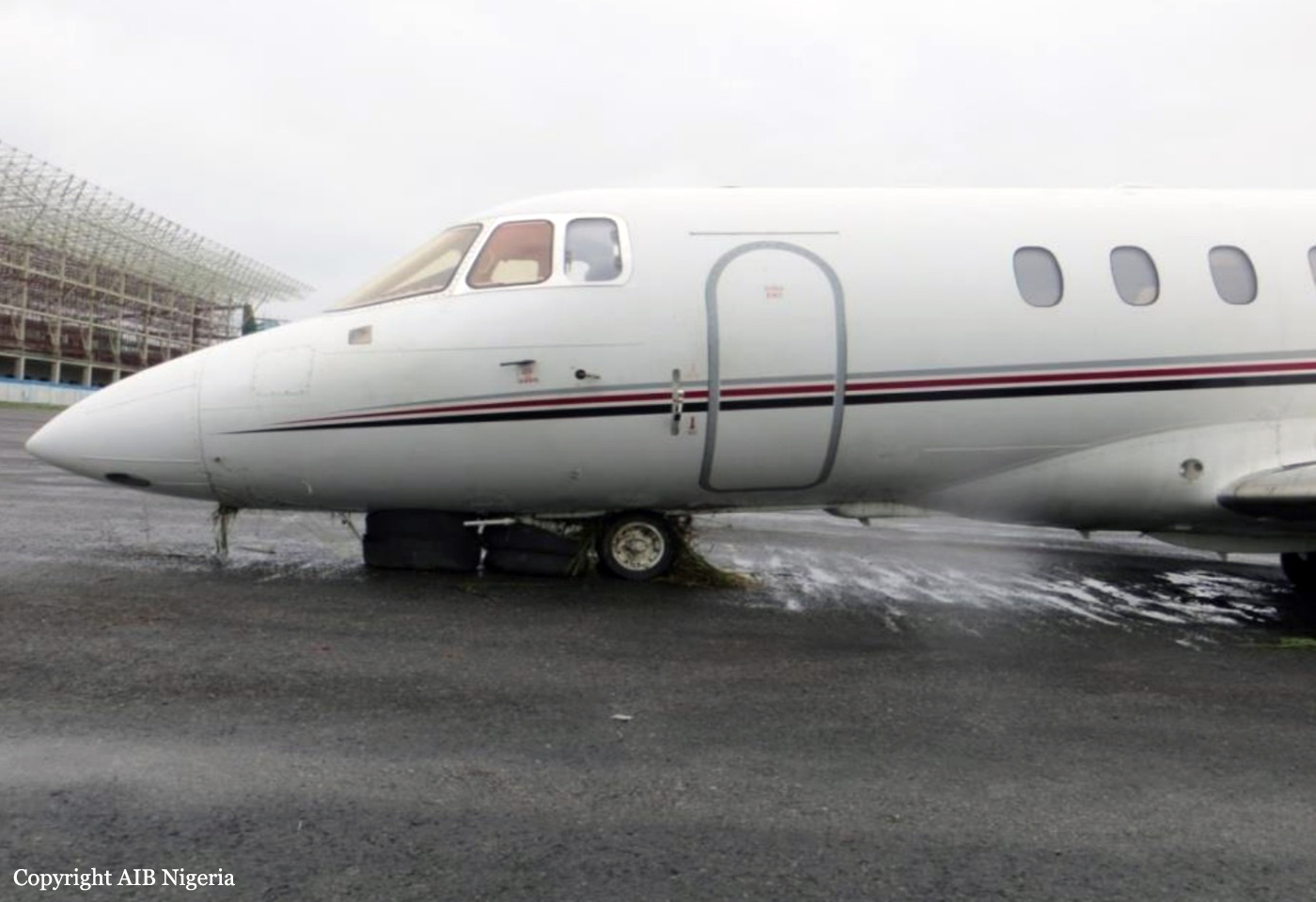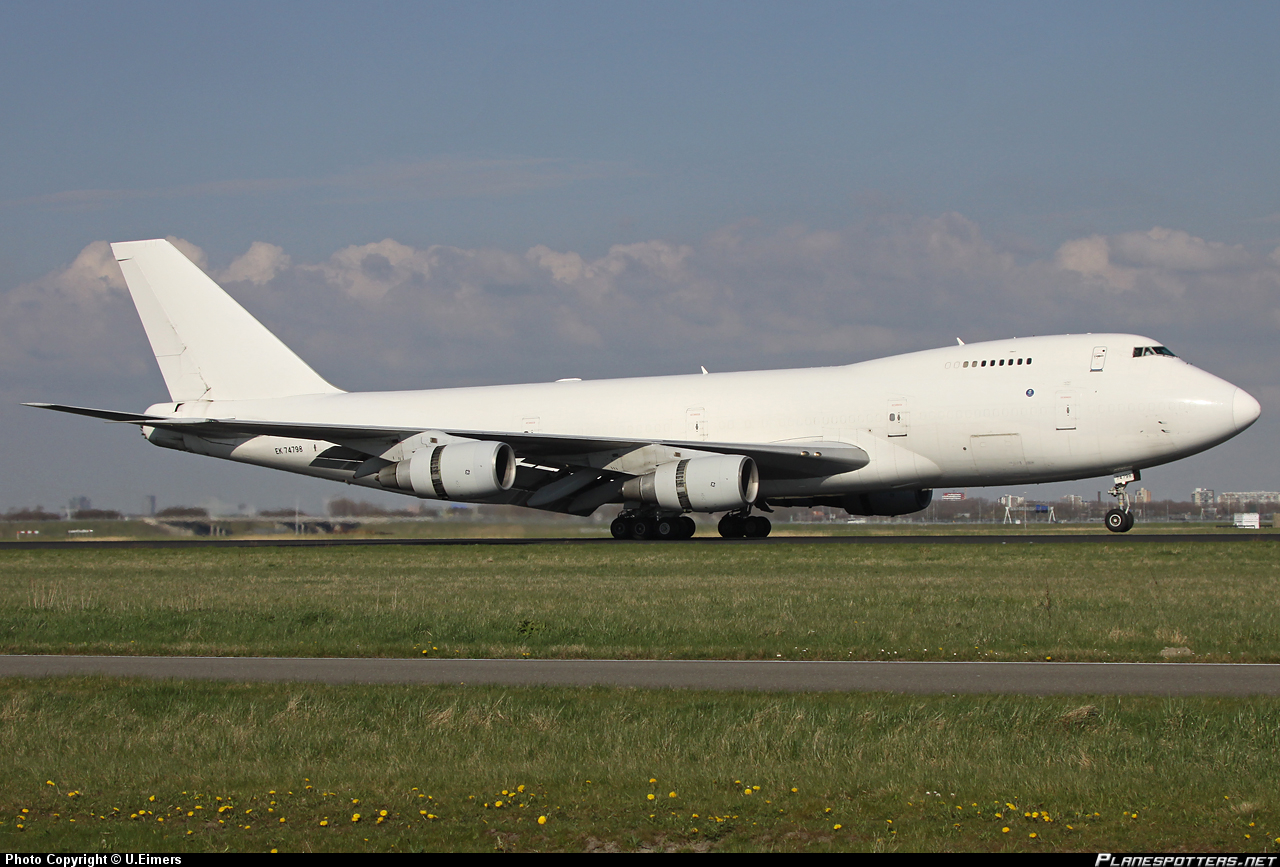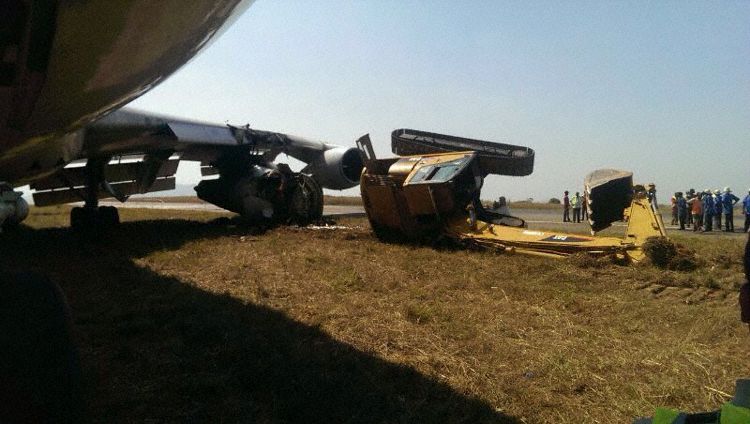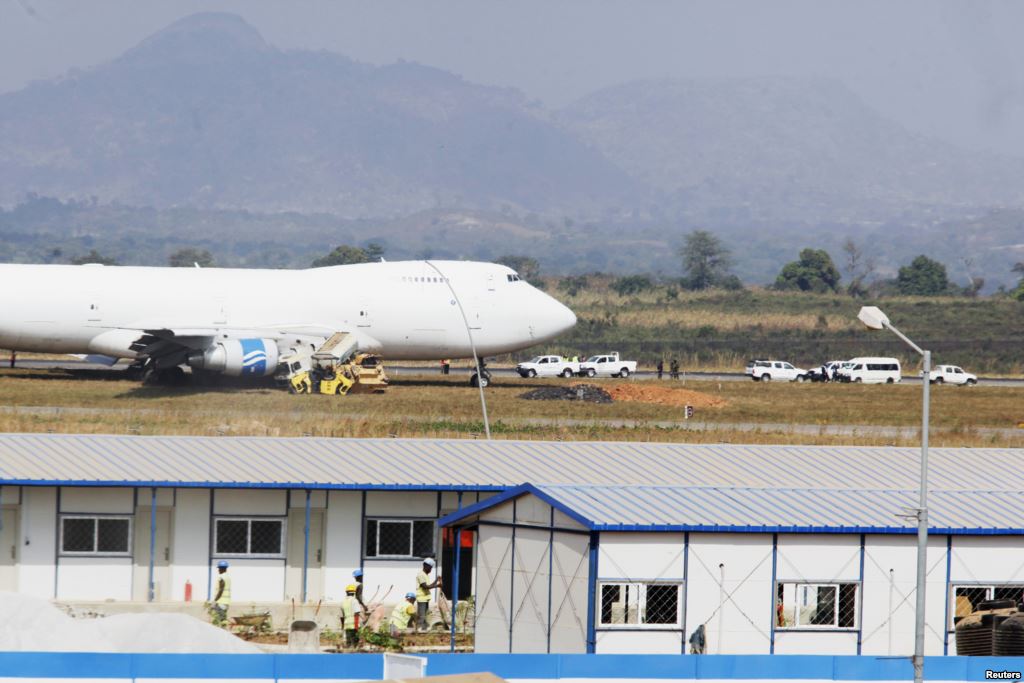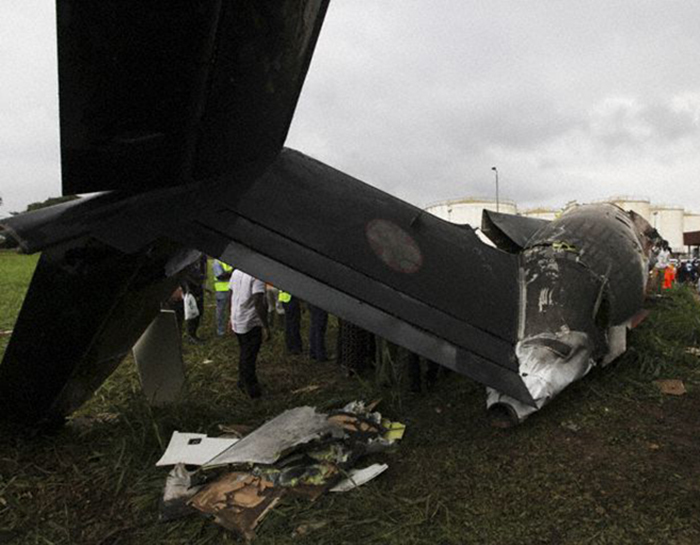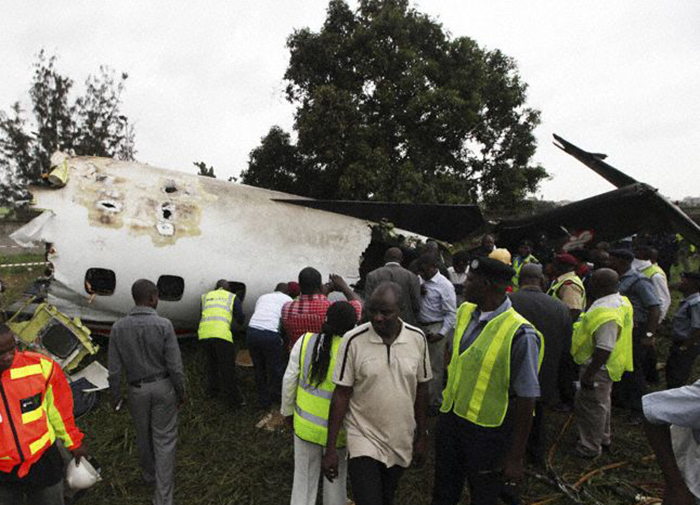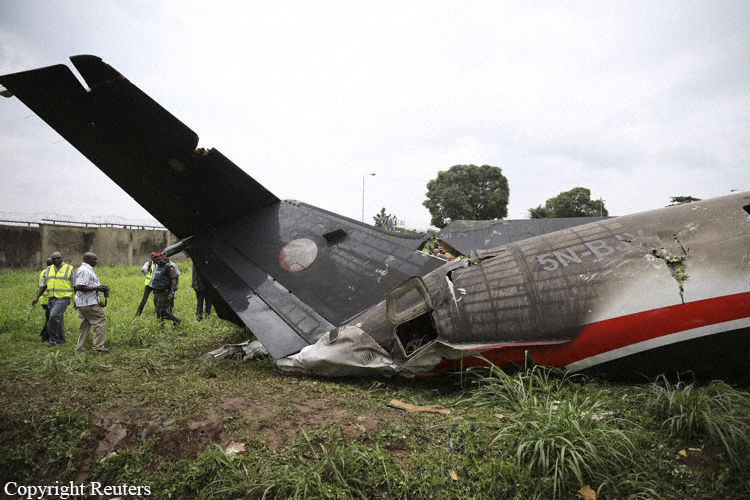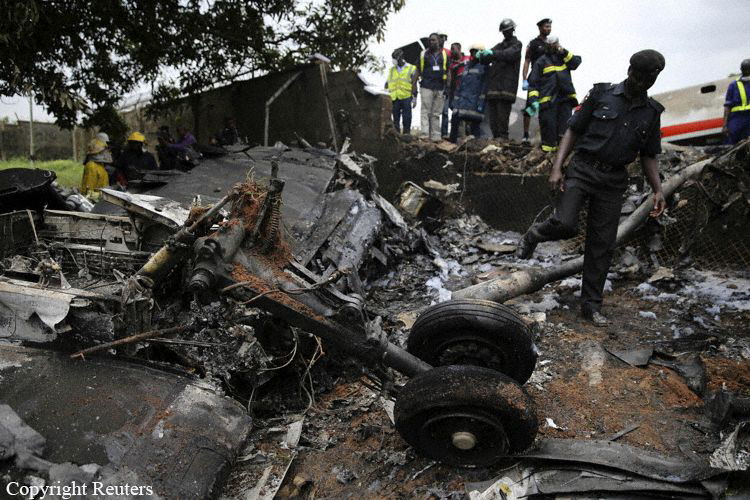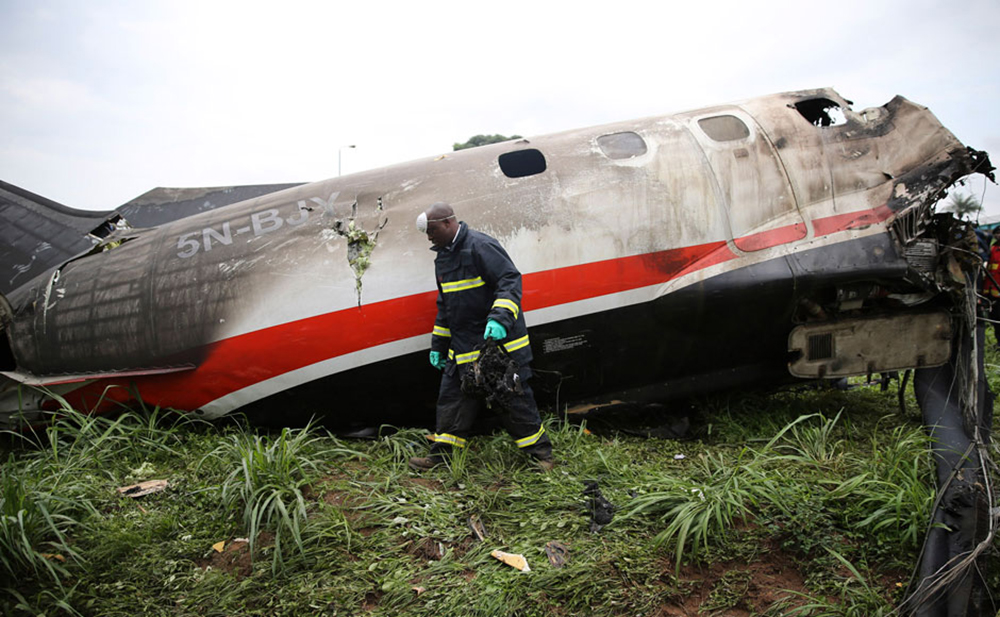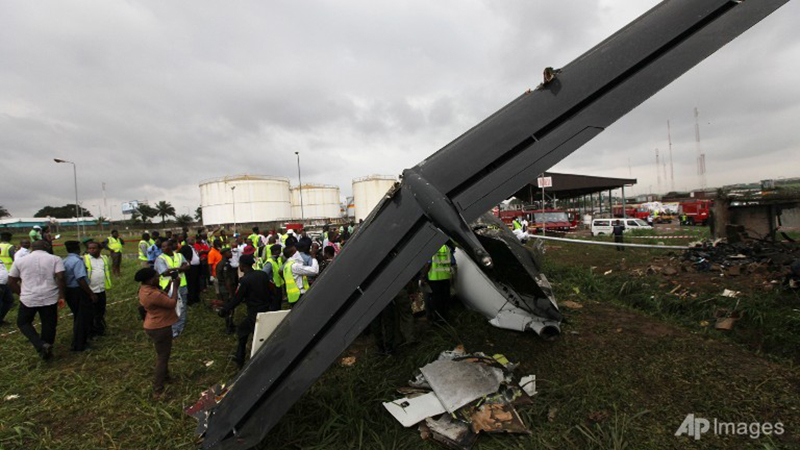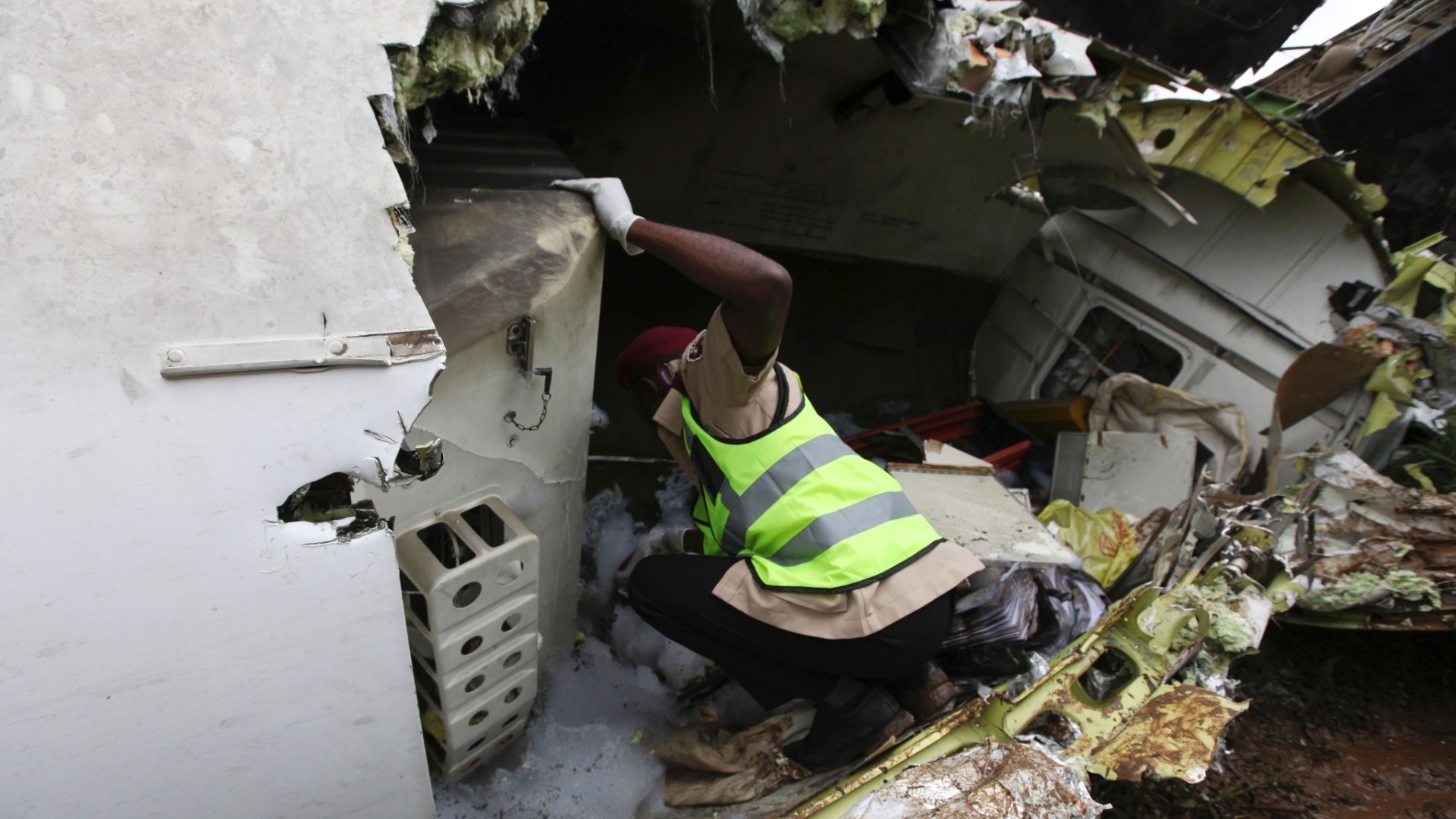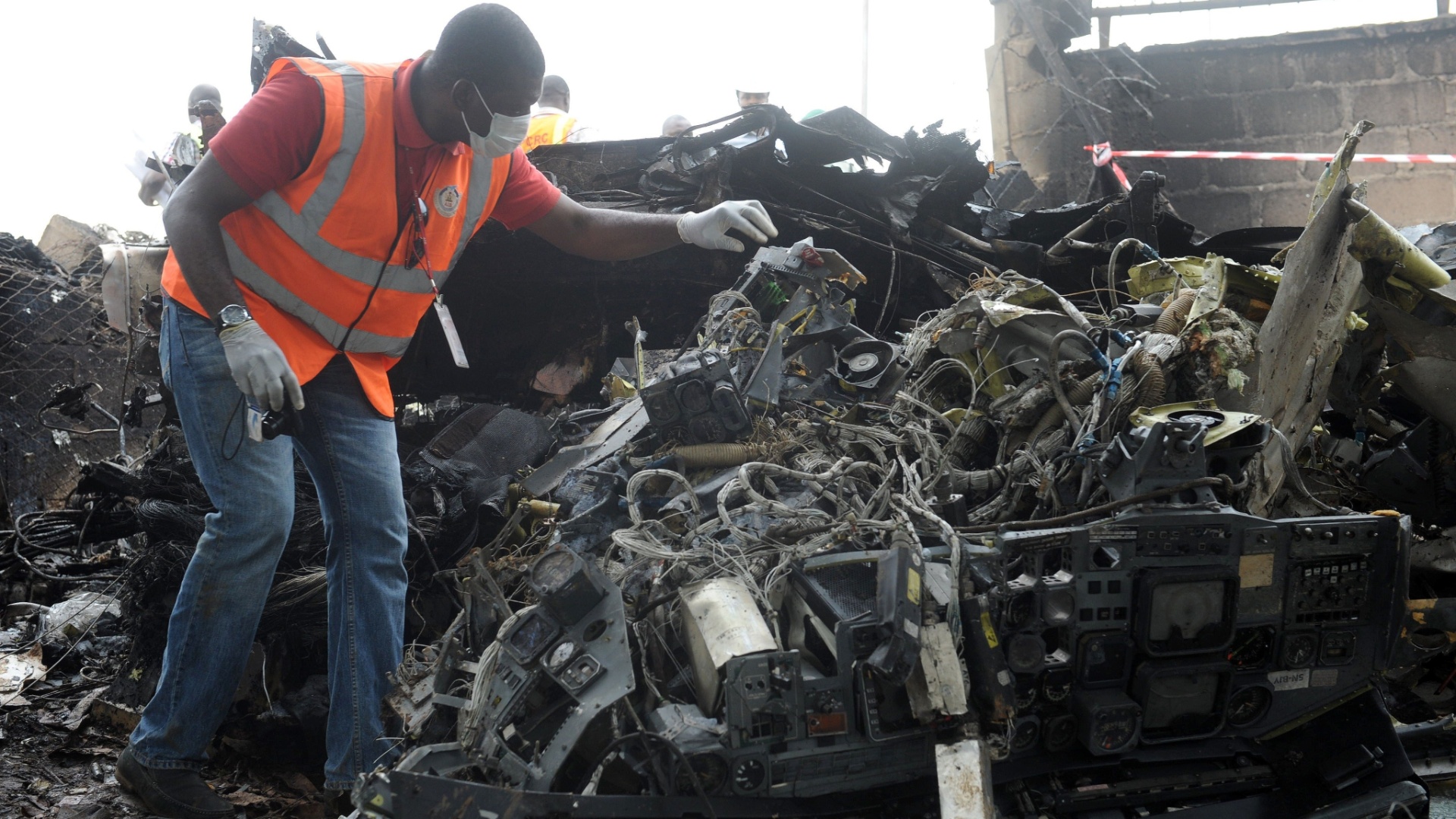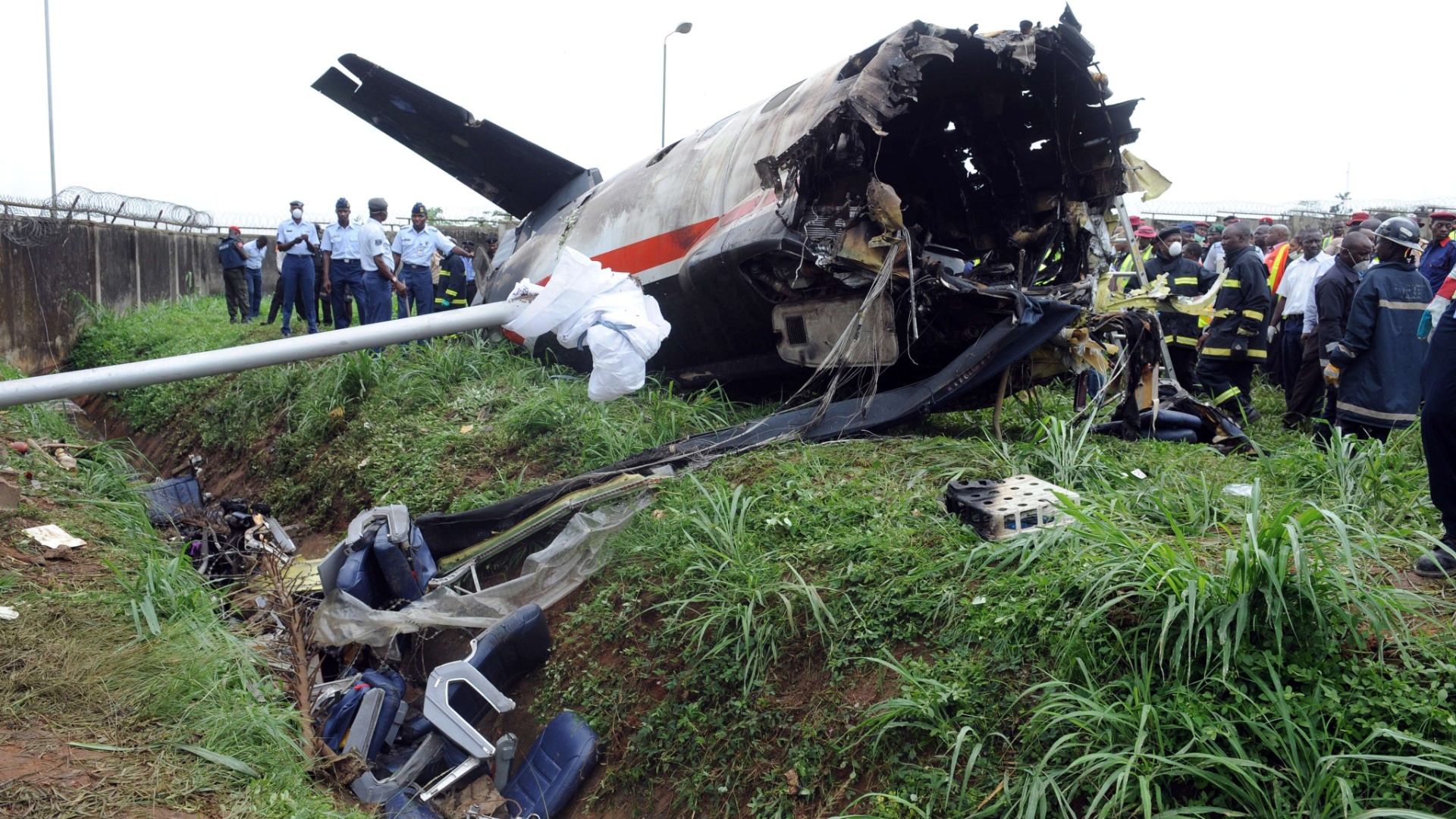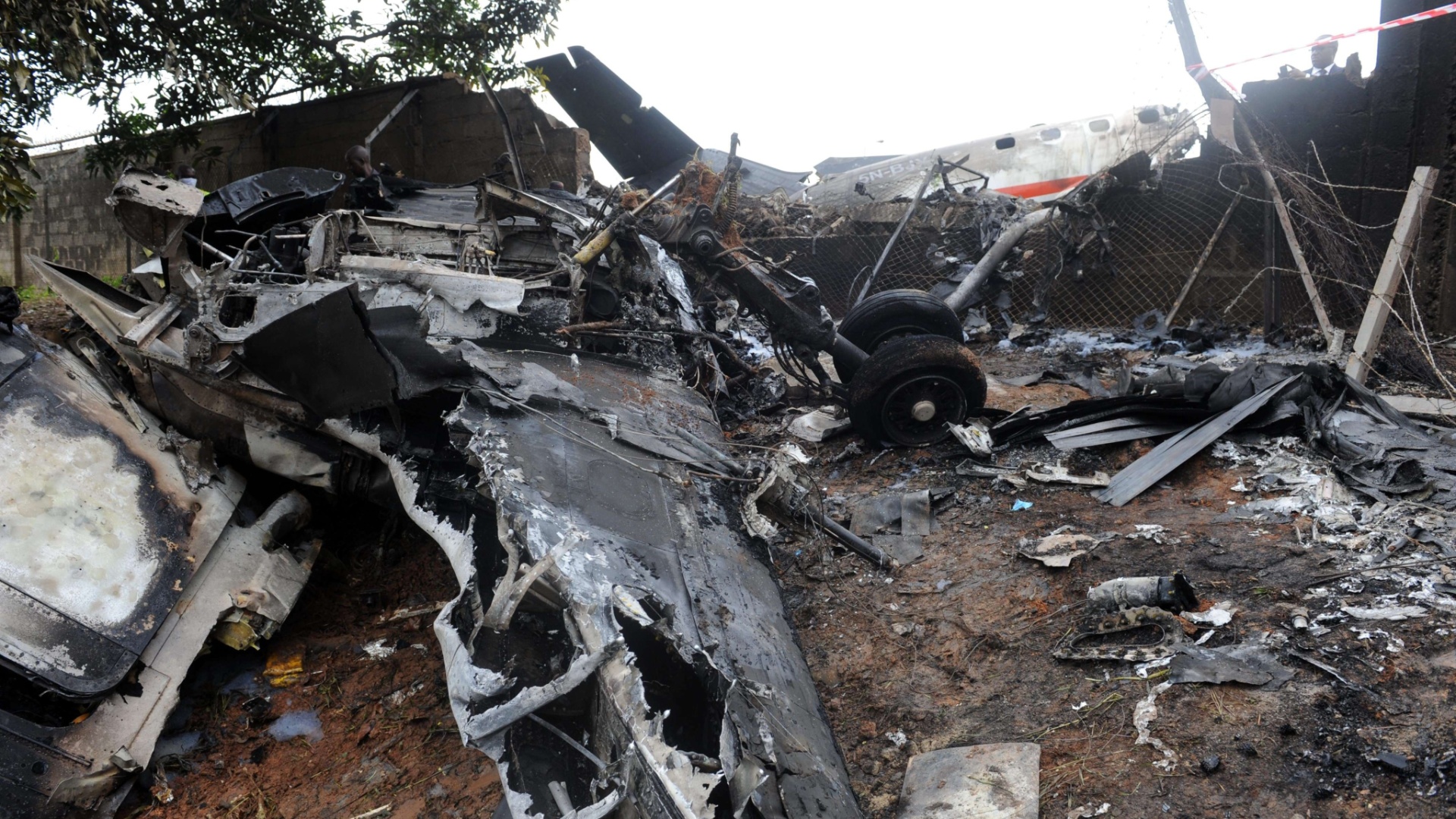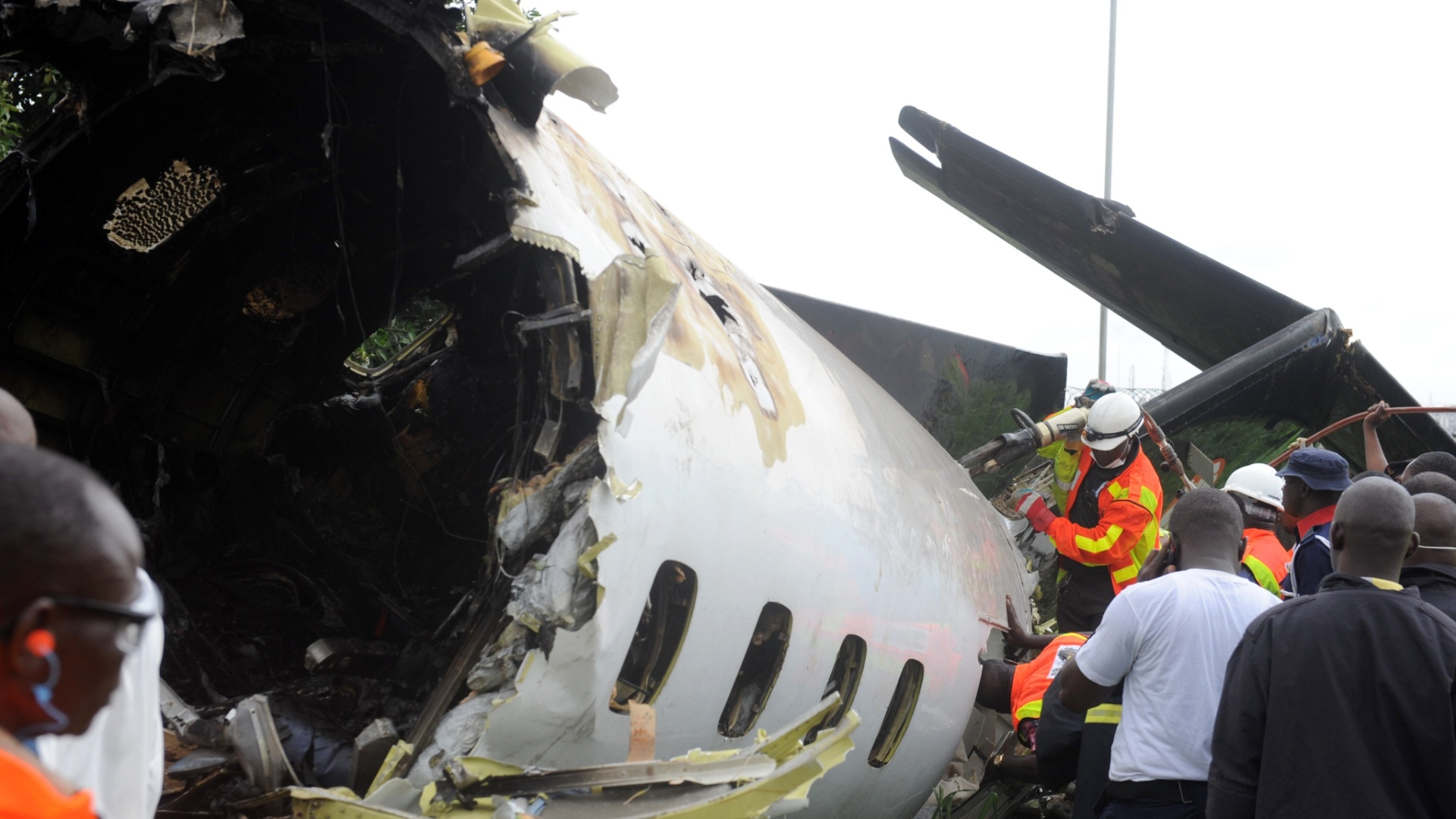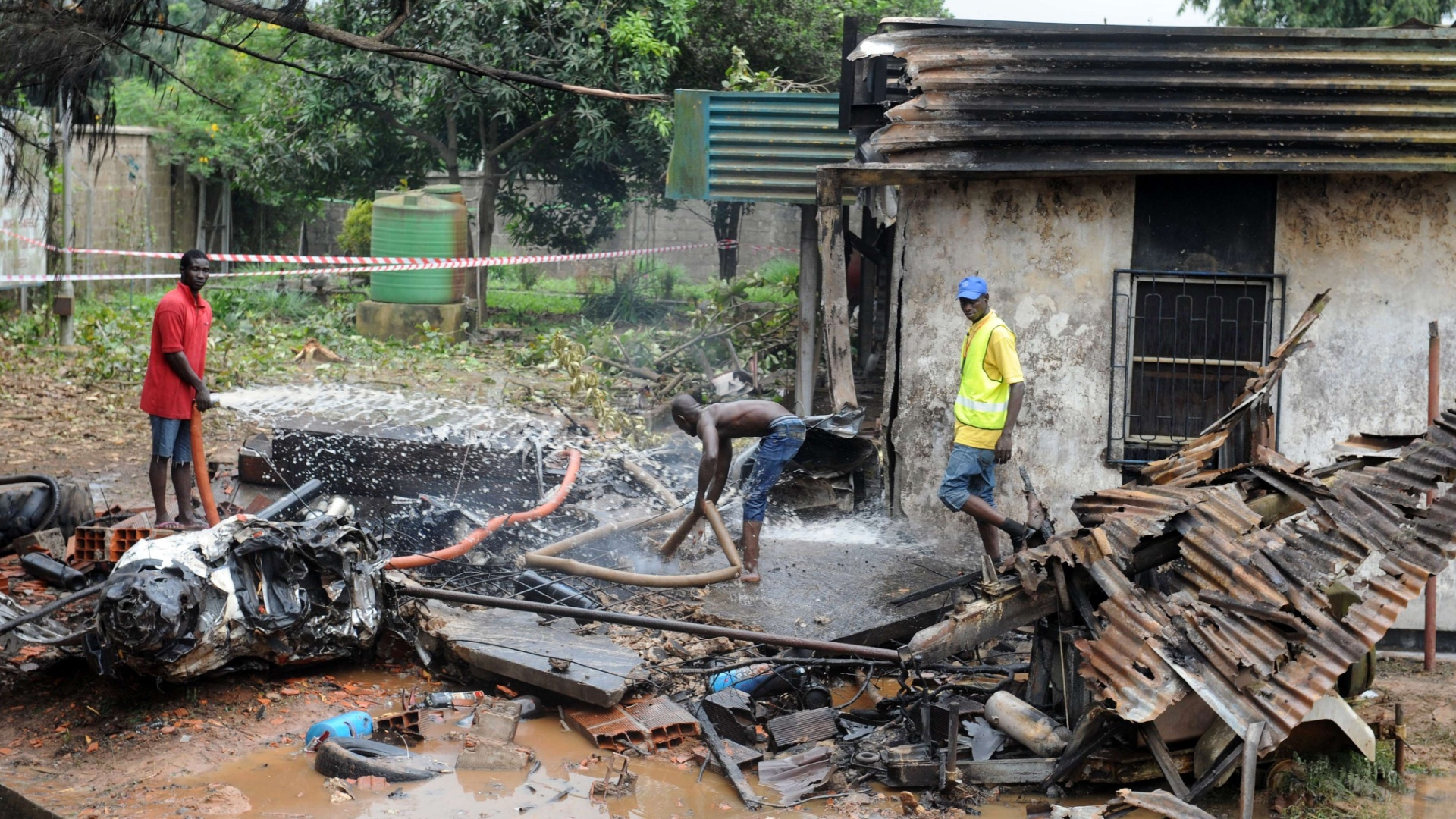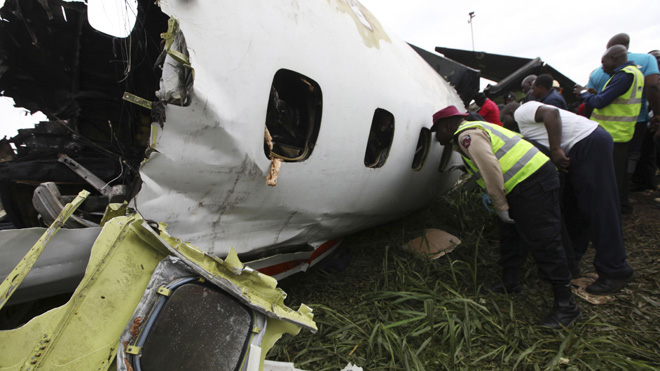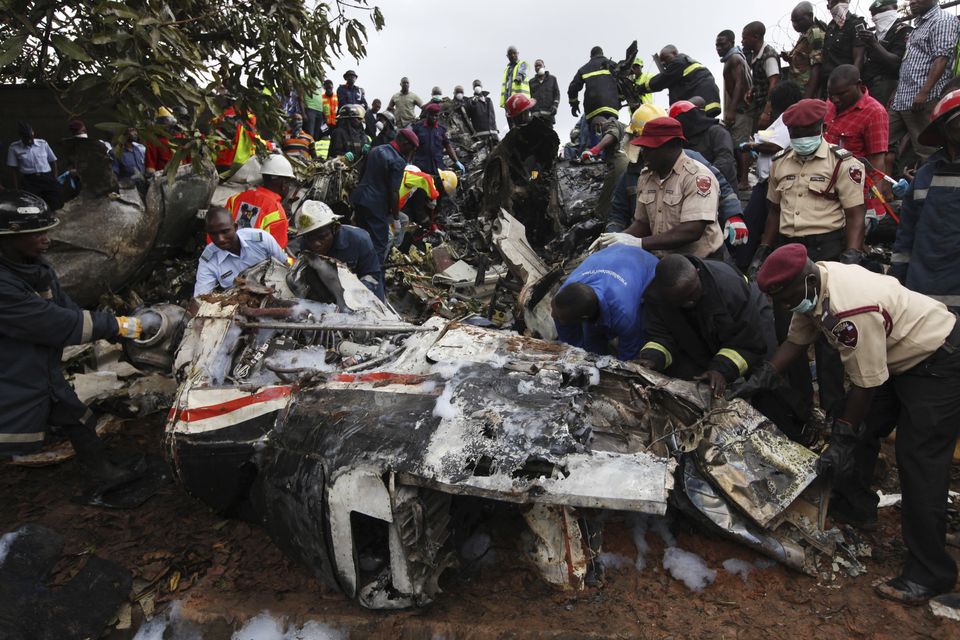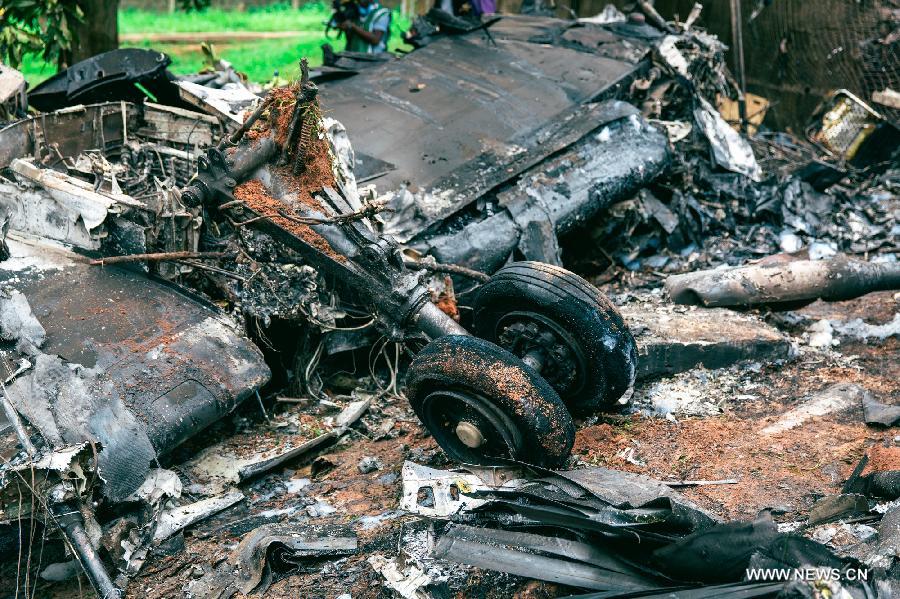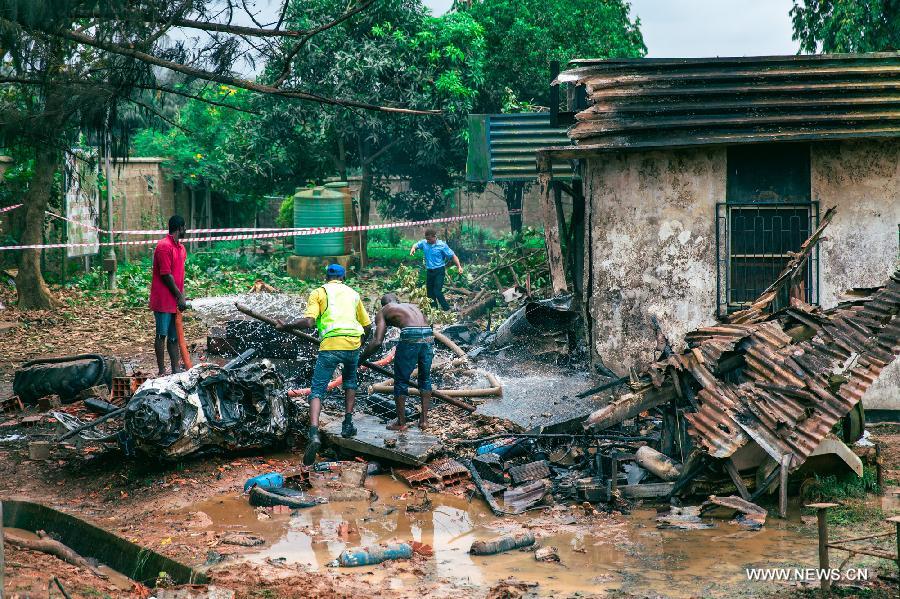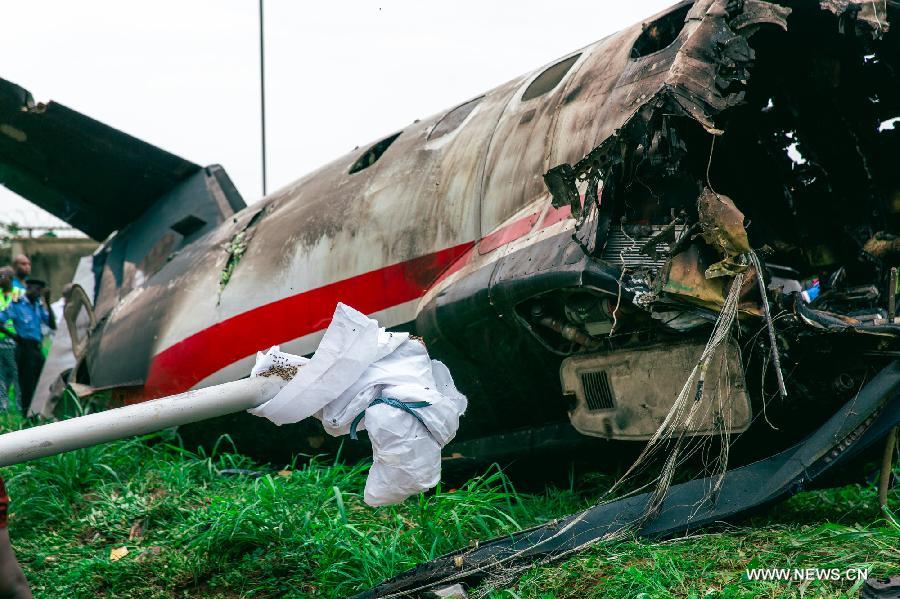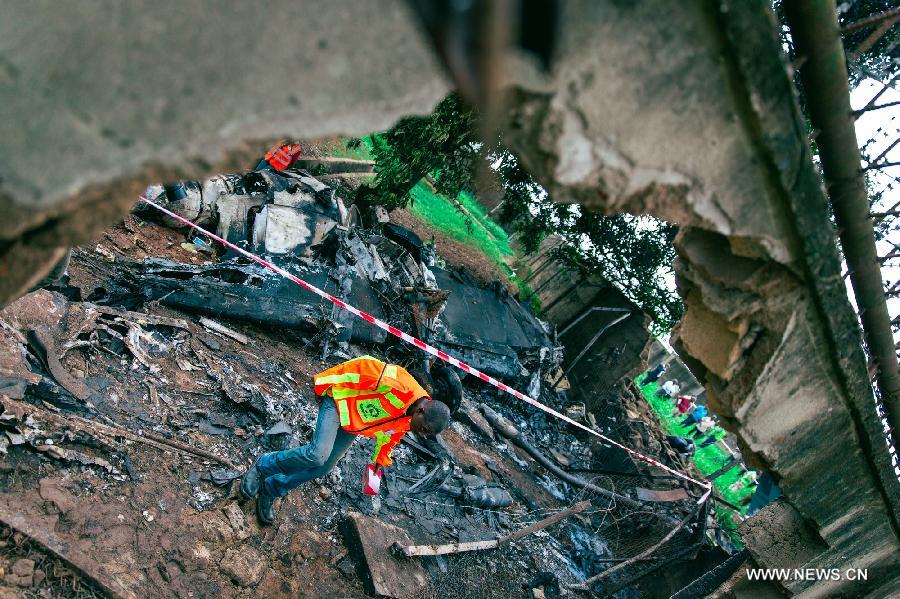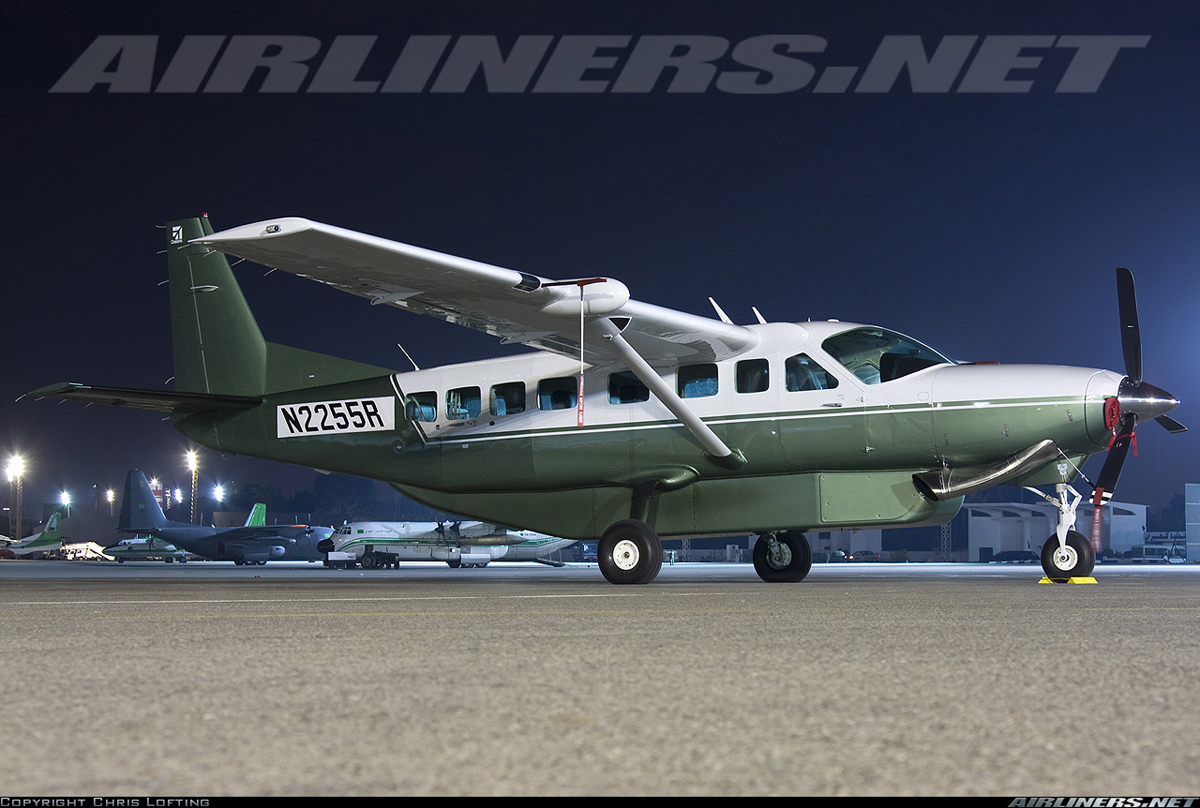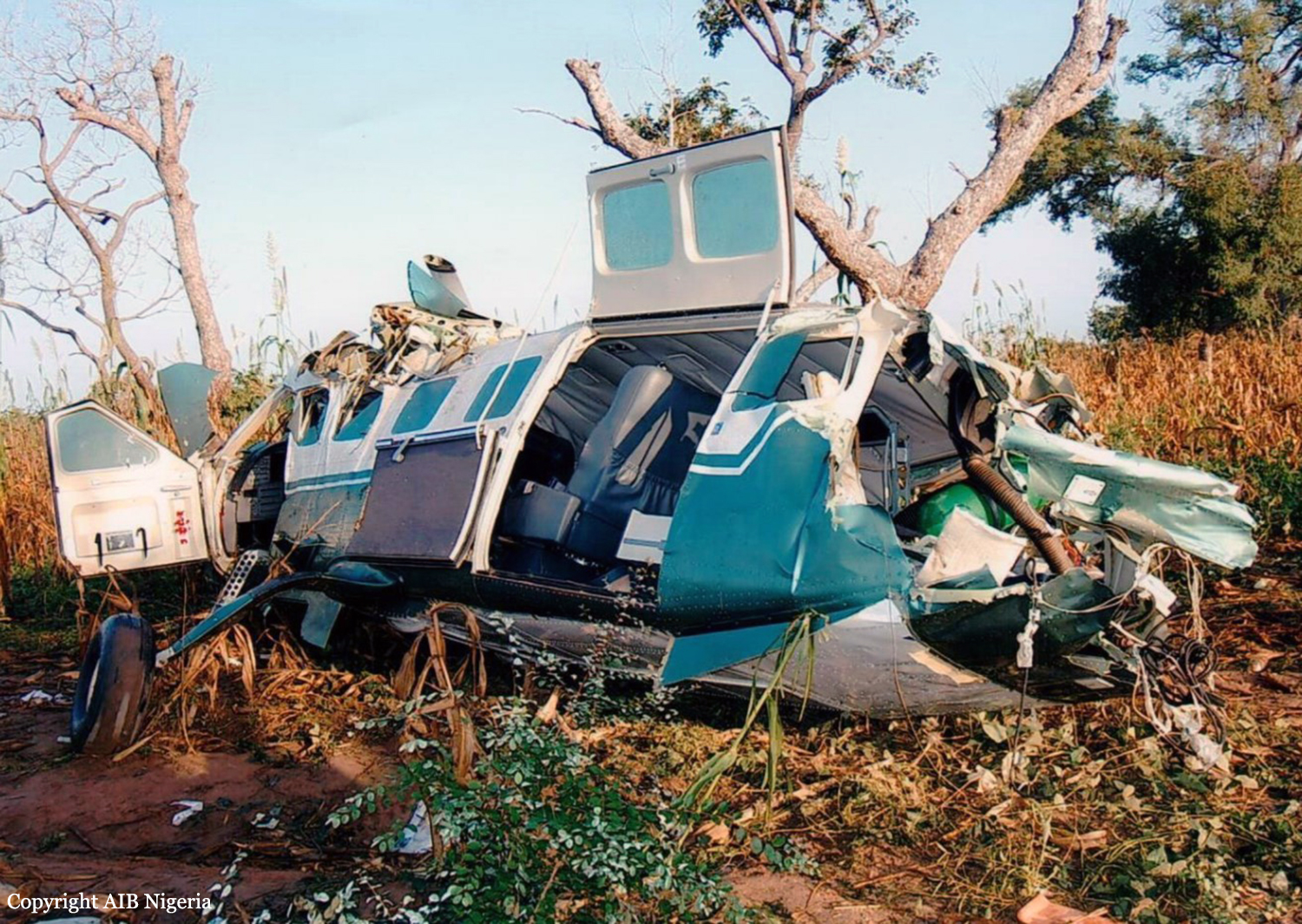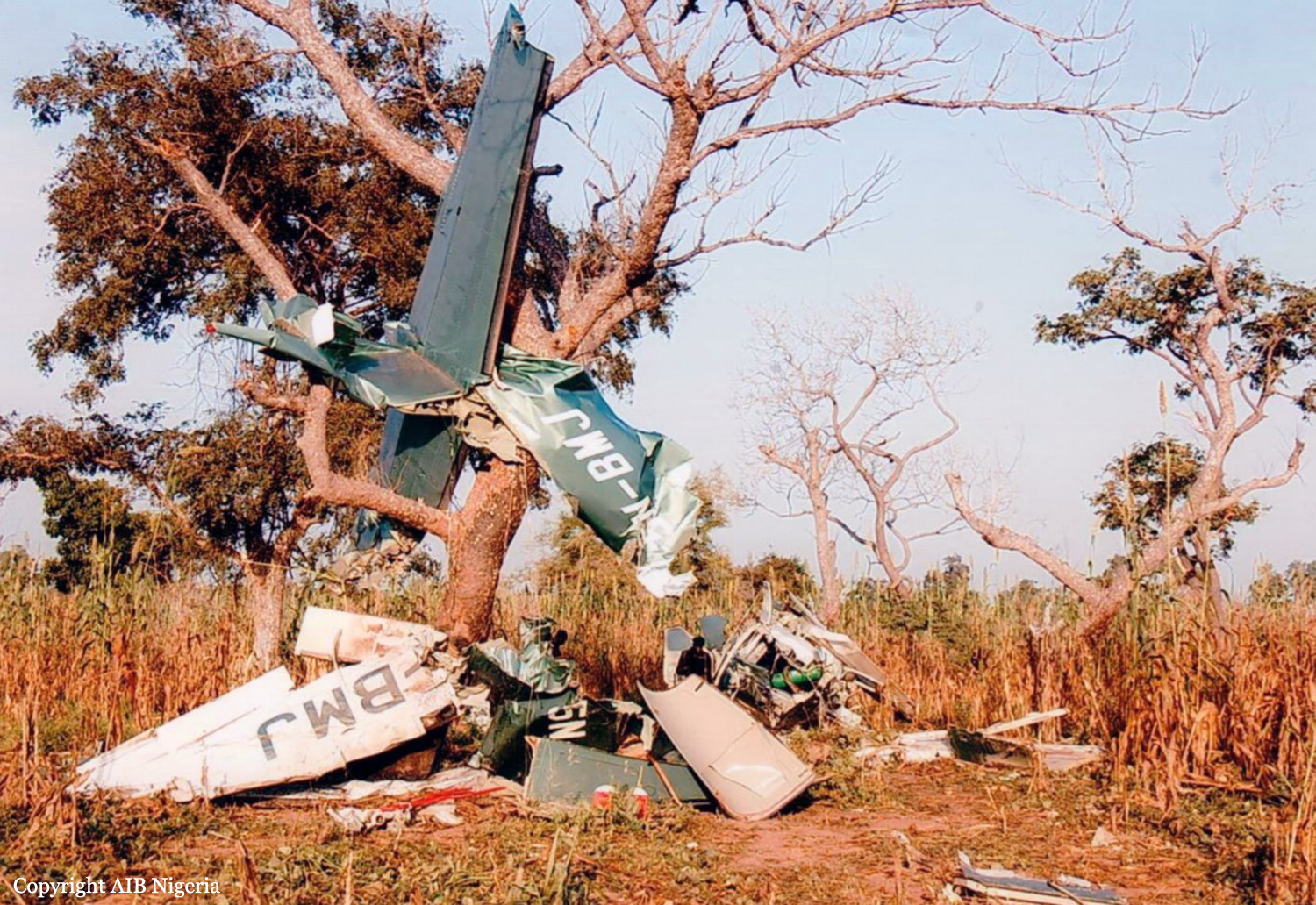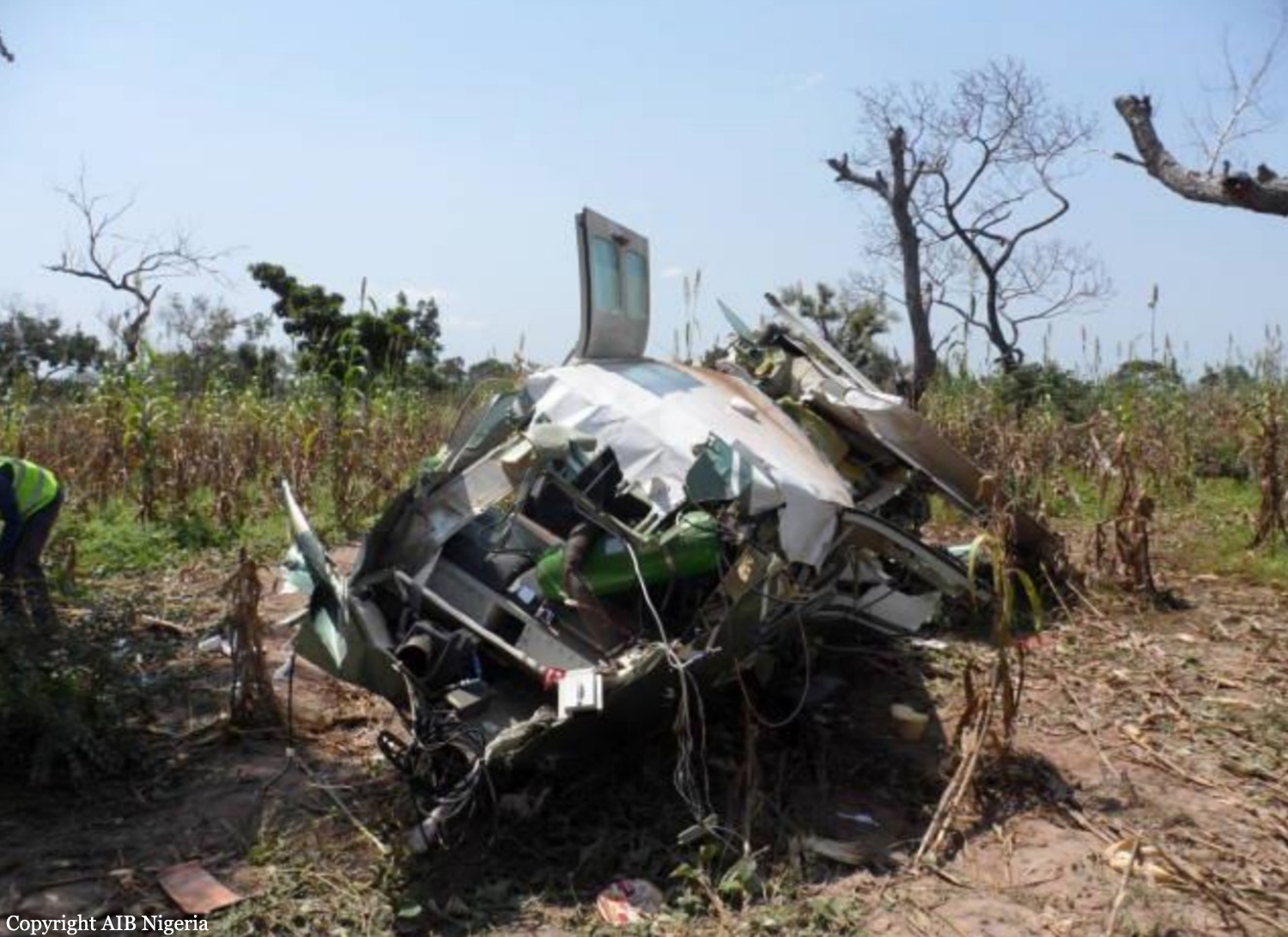Crash of a Hawker 800XP in Ibadan
Date & Time:
Nov 3, 2023 at 2018 LT
Registration:
5N-AMM
Survivors:
Yes
Schedule:
Abuja - Ibadan
MSN:
258286
YOM:
1995
Flight number:
IB500
Crew on board:
3
Crew fatalities:
Pax on board:
7
Pax fatalities:
Other fatalities:
Total fatalities:
0
Captain / Total hours on type:
335.00
Copilot / Total hours on type:
1730
Aircraft flight hours:
10492
Aircraft flight cycles:
7195
Circumstances:
The airplane departed Abuja-Nnamdi Azikiwe Airport at 1941LT on a charter flight (IB500) to Ibadan, carrying seven passengers and three crew members. At 2013LT, the crew was cleared to land on runway 22 and continued the approach. On short final, the airplane impacted the first row of approach lights on the approach path, then touched down first with the right main landing gear, about 220 metres short of the threshold of the runway, and in the grass verge, followed shortly by the left main and nose landing gears respectively. The aircraft continued towards the paved area of the runway, impacting several other rows of approach lights along its path. A total of six impact points were observed. Subsequently, the aircraft entered the paved area and veered right of the centerline, runway 22. At about 156 metres from the threshold, the aircraft crossed the right runway shoulder and continued into the grass verge for a distance of about 184 metres before coming to a stop, partially impeded by vegetation. Number one tyre was found deflated and the nose landing gear collapsed. All 10 occupants disembarked safely.
The below preliminary report was quickly published by NSIB.
The below preliminary report was quickly published by NSIB.
Final Report:
